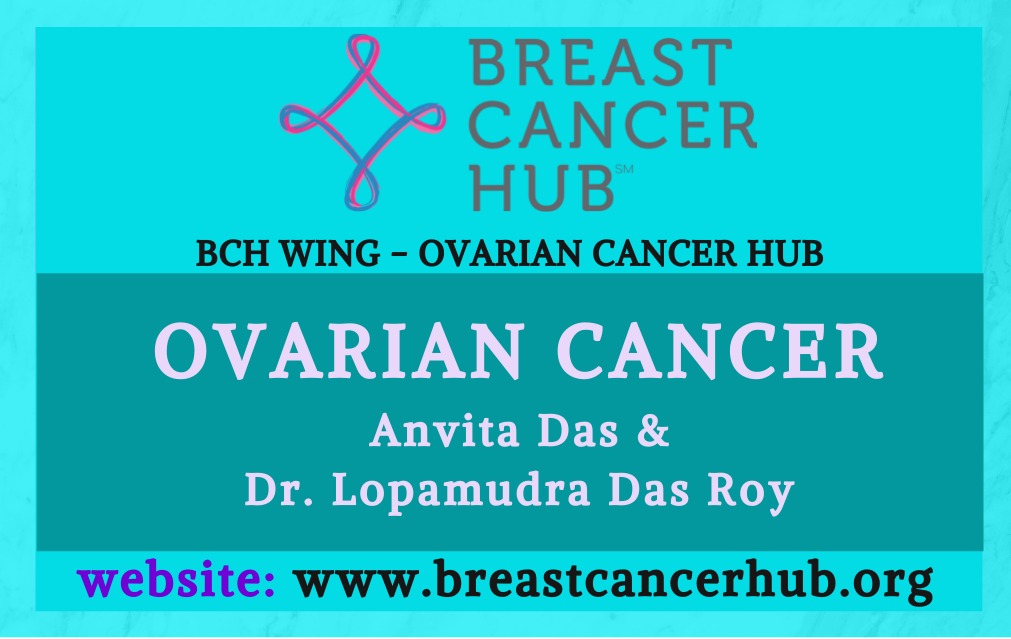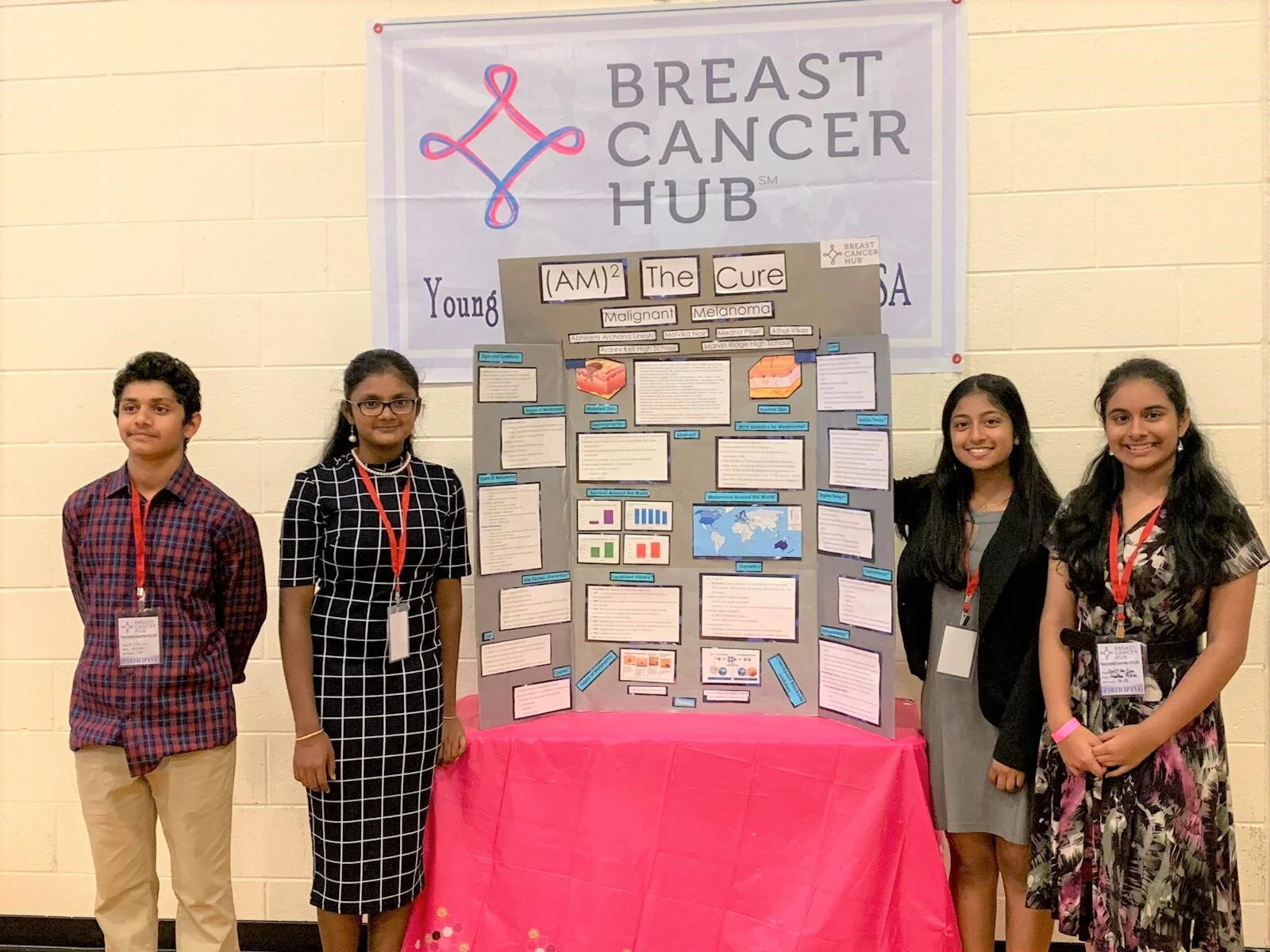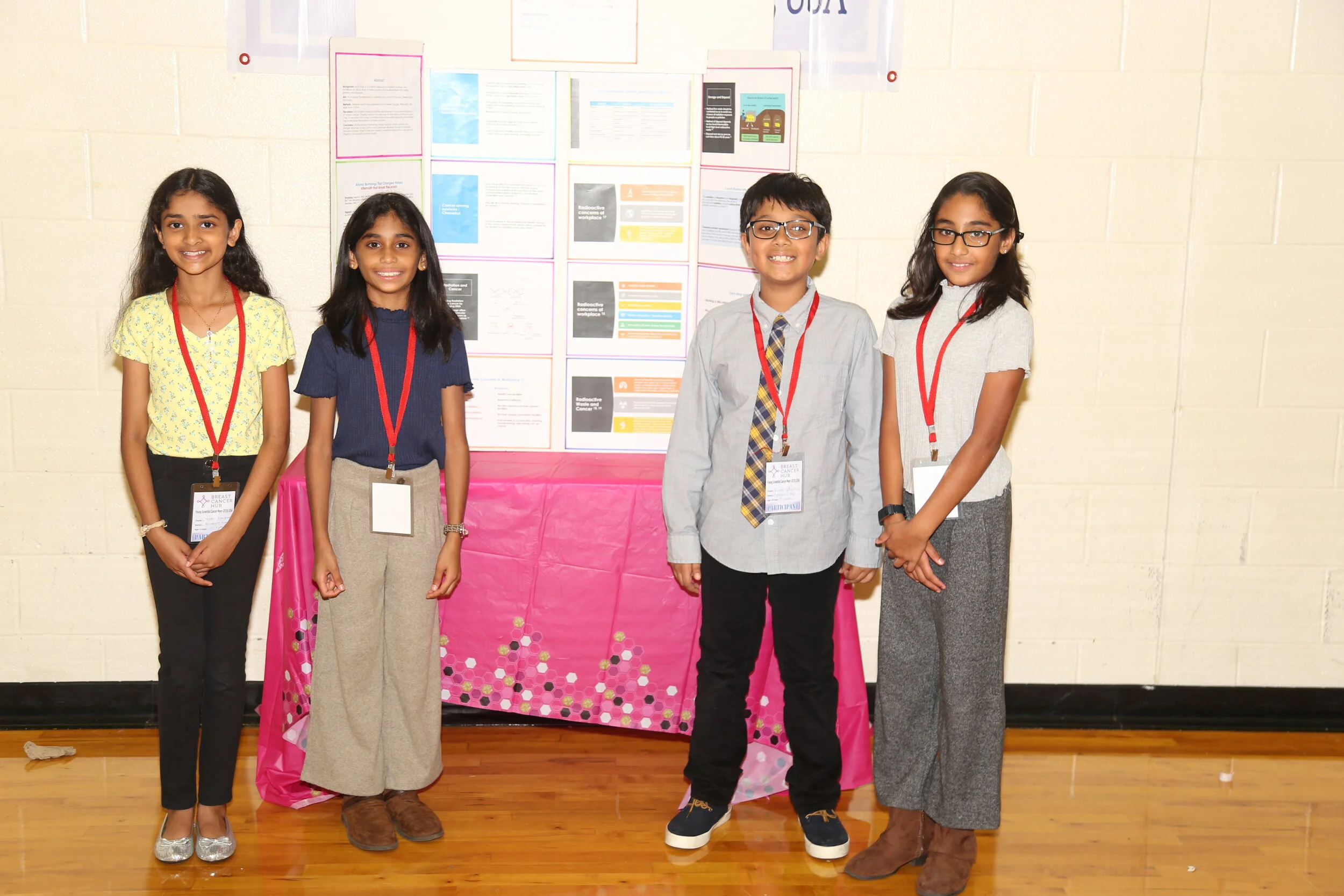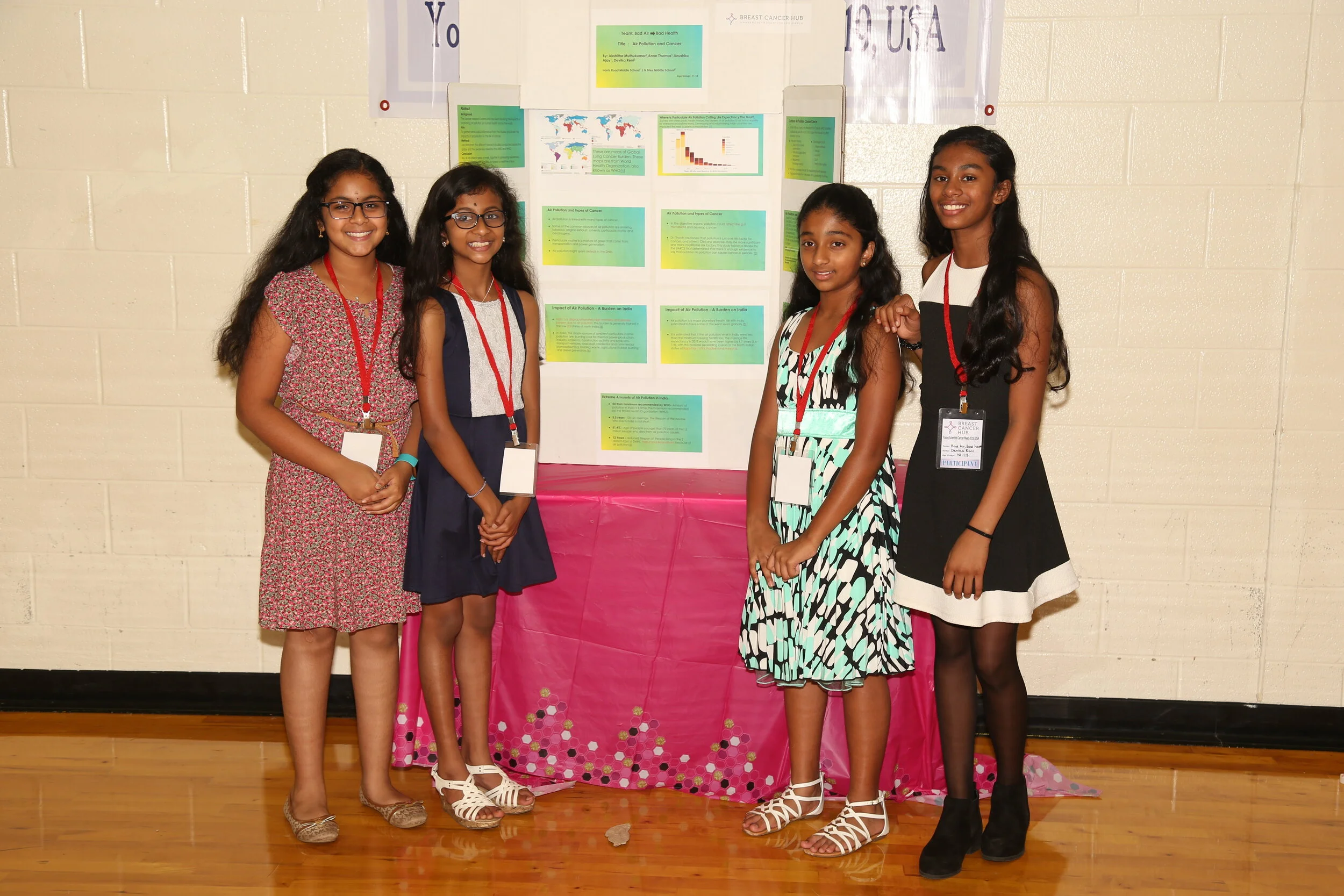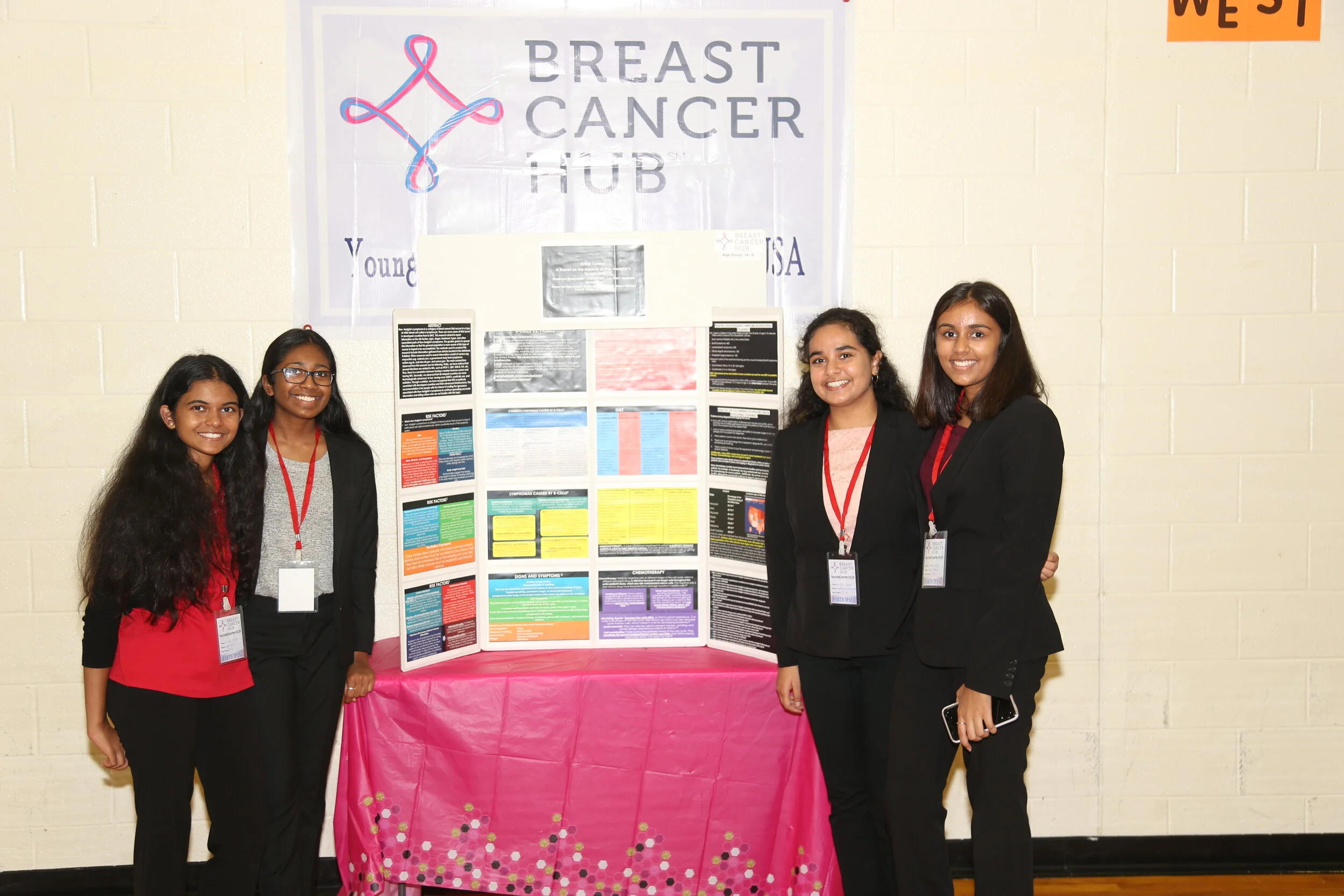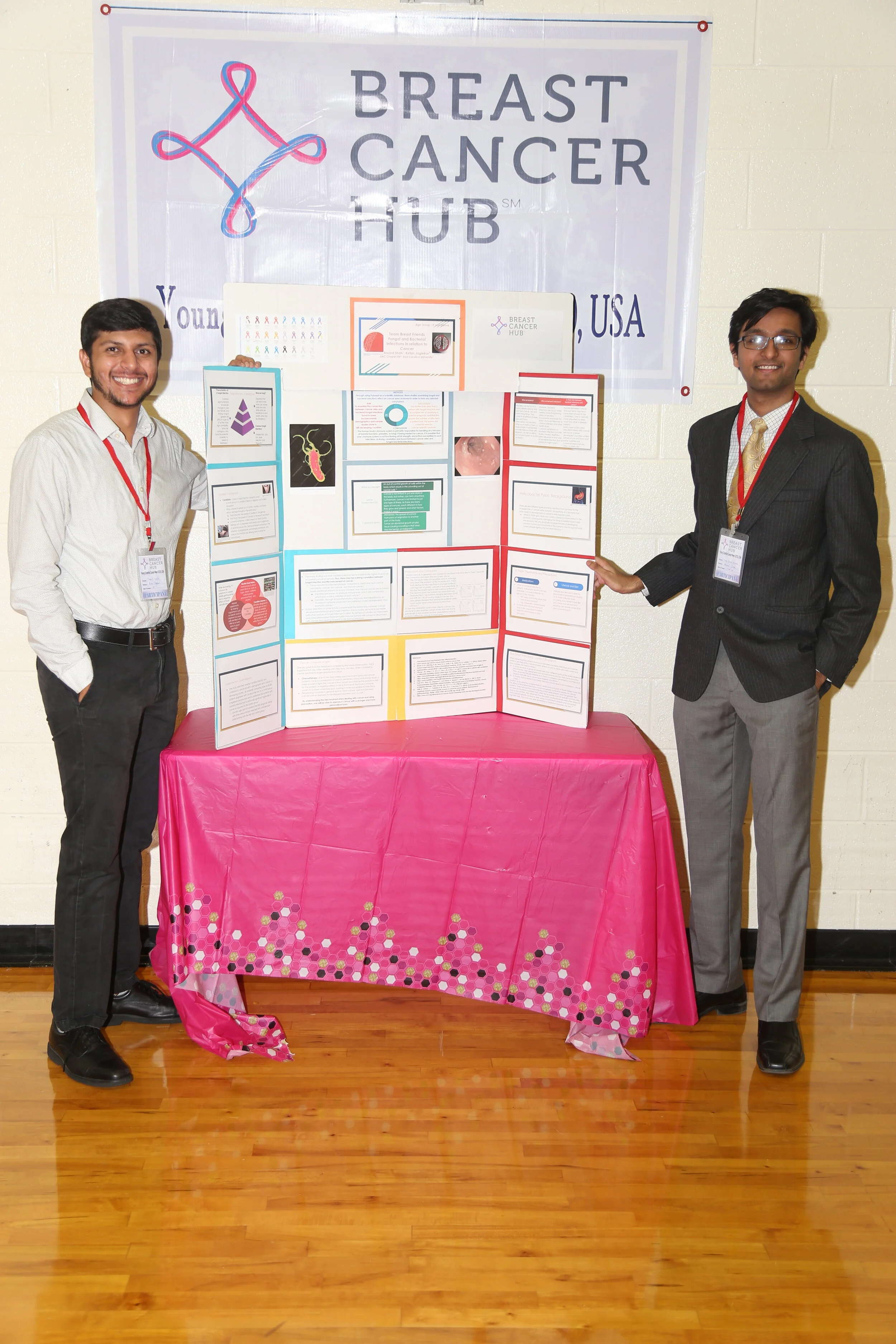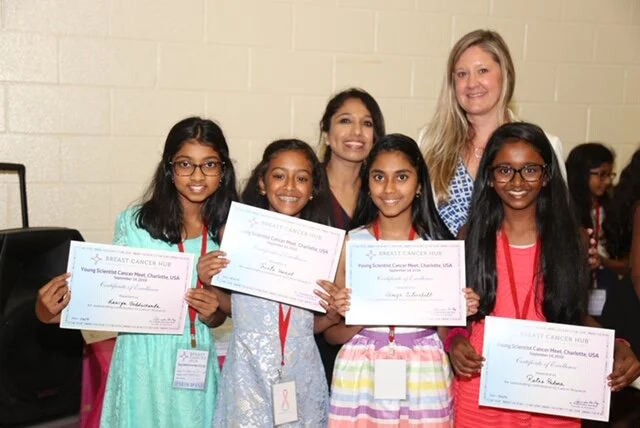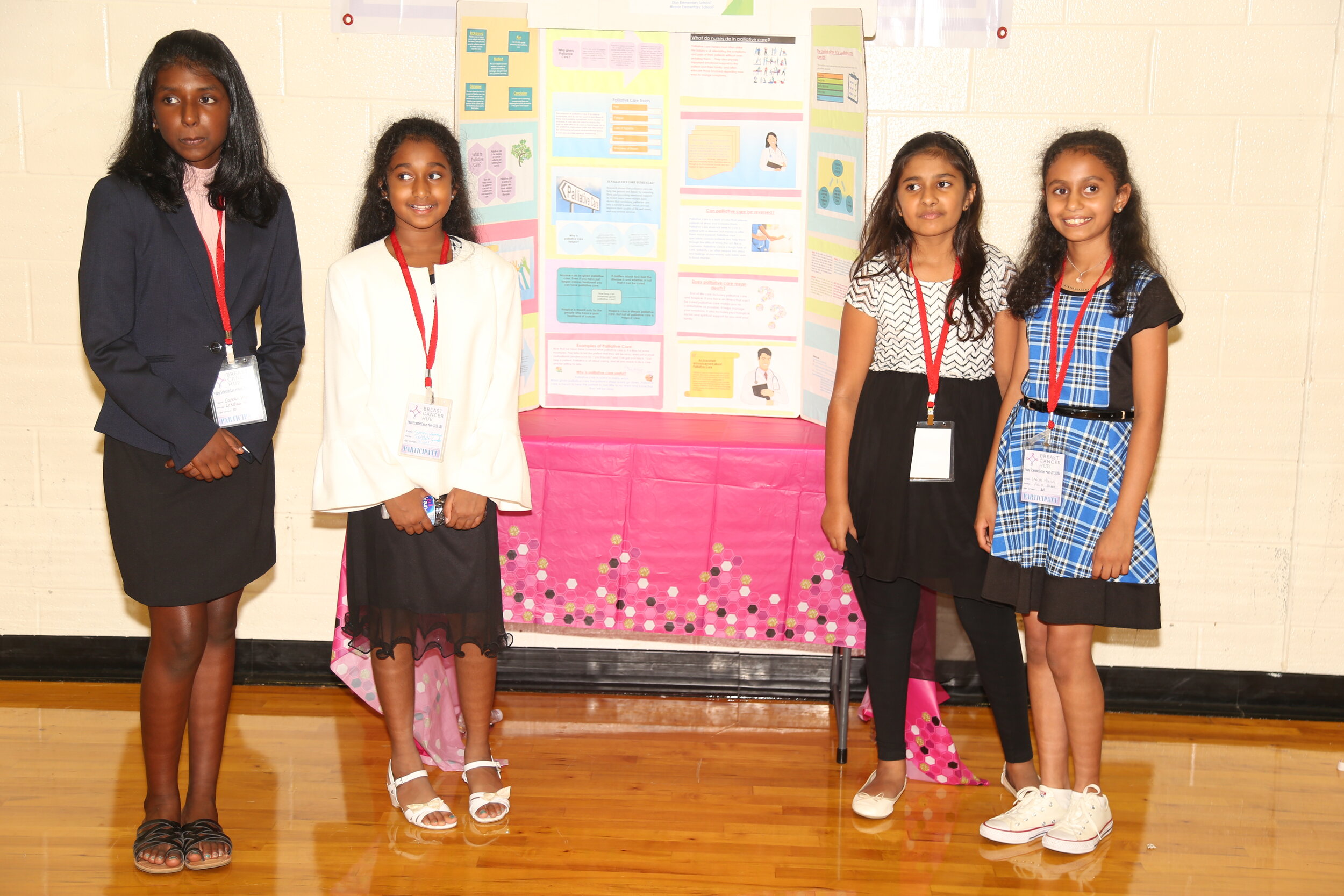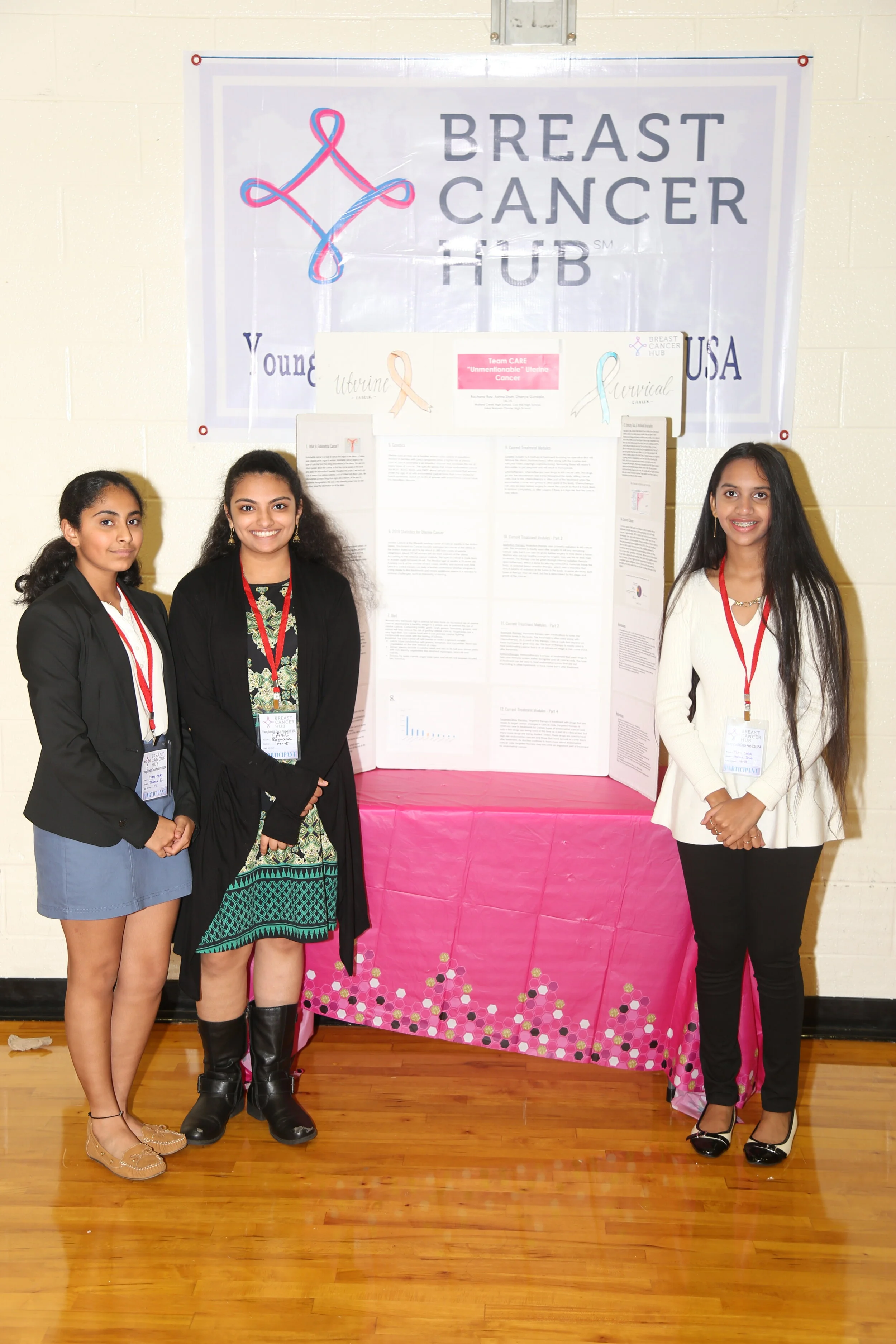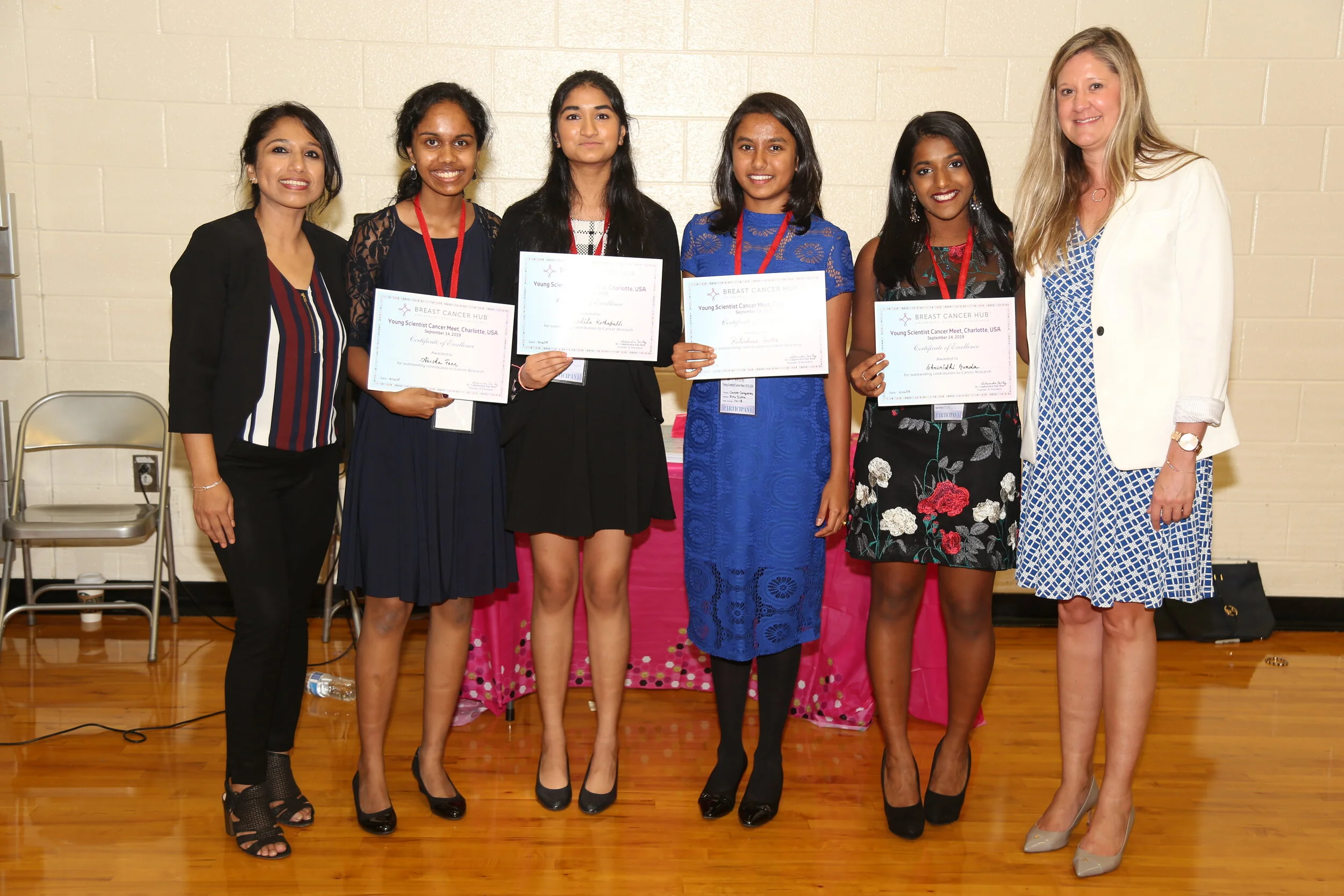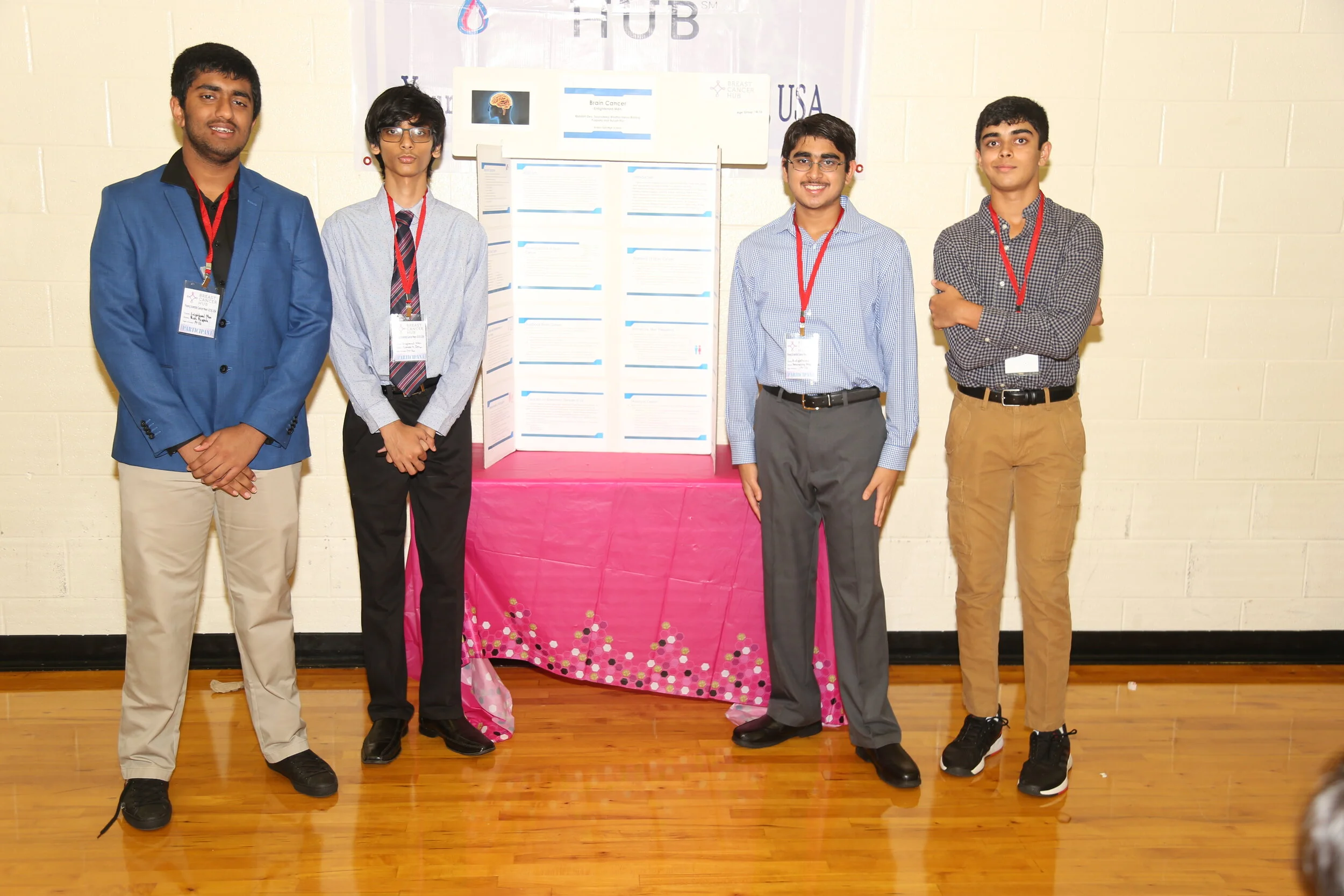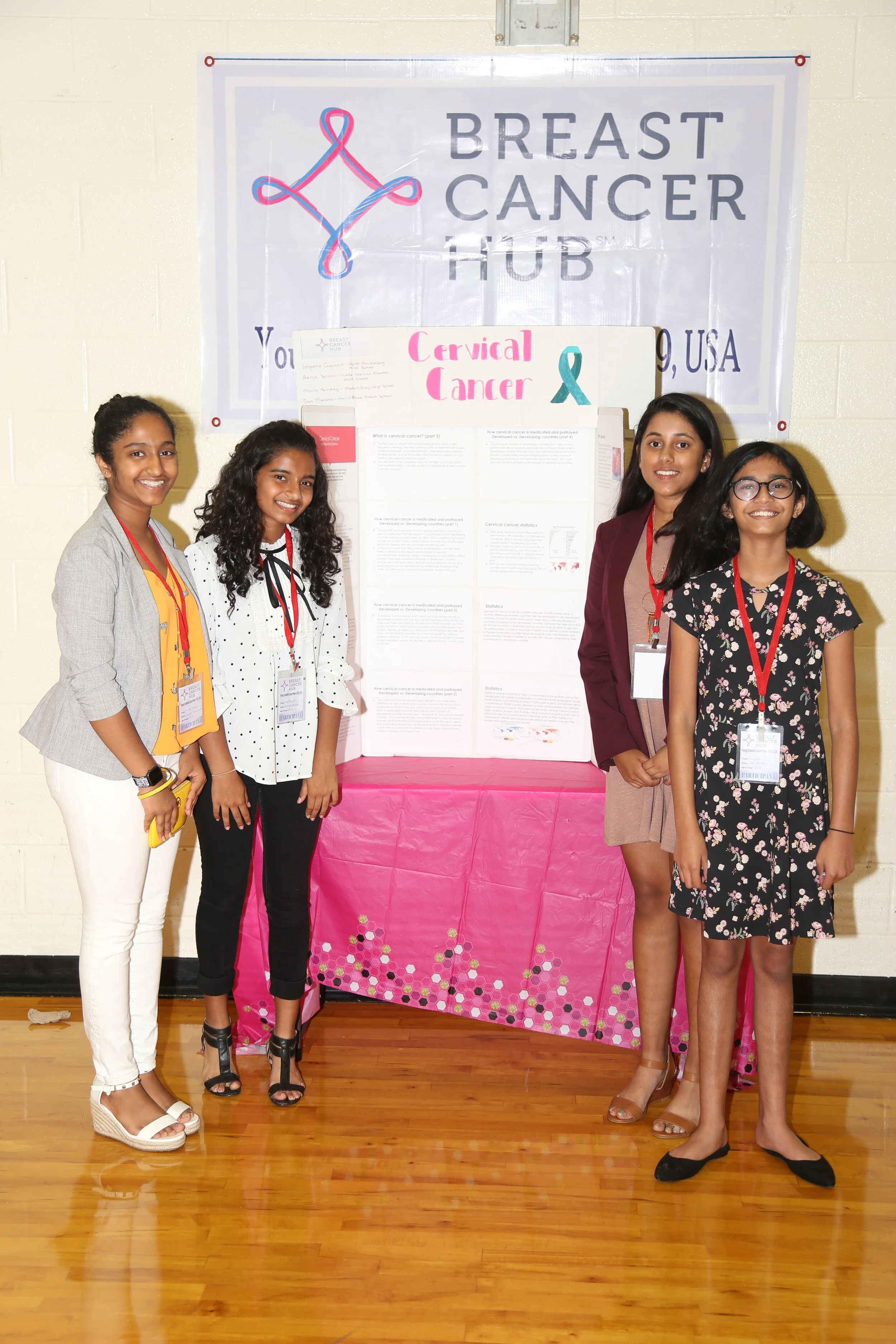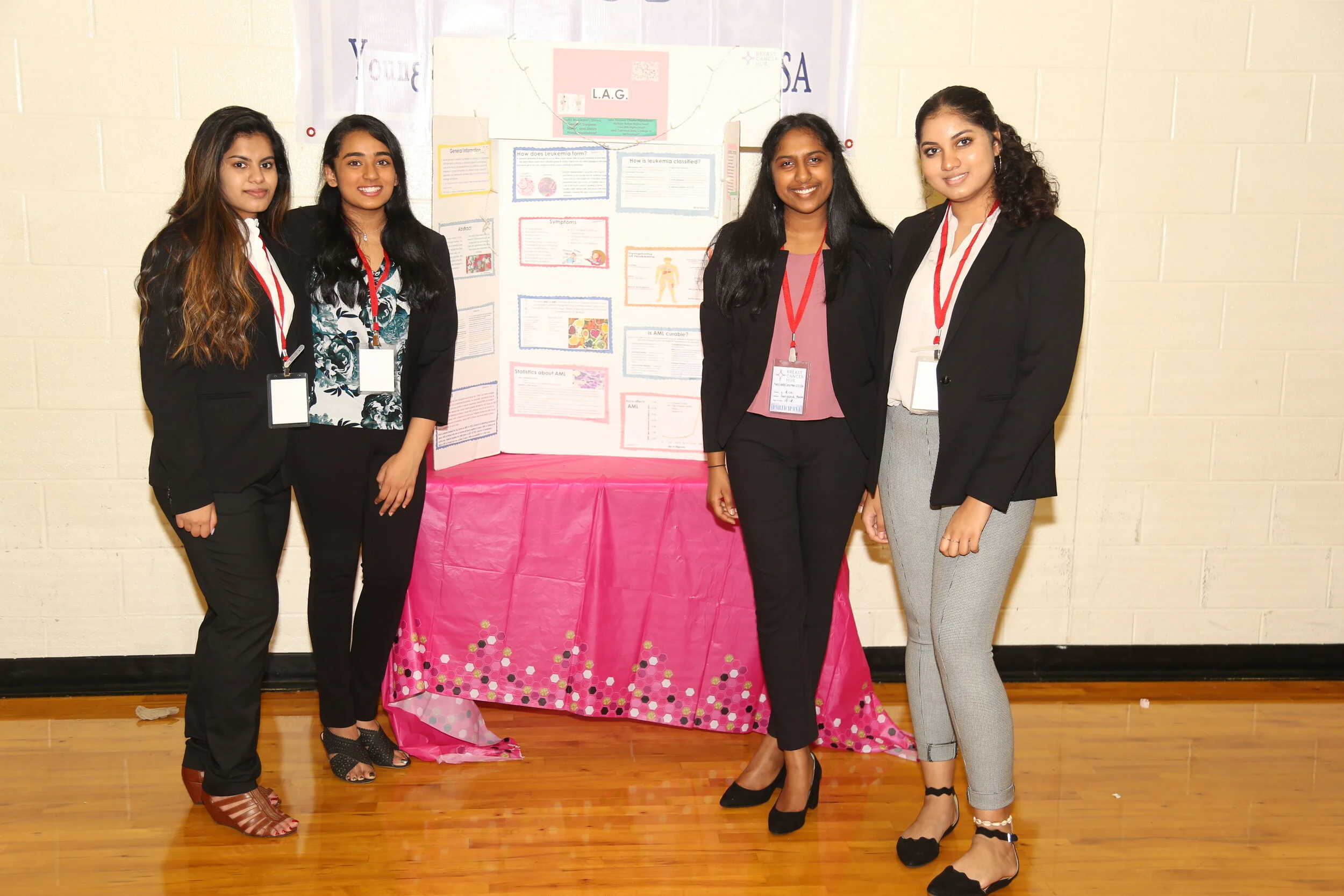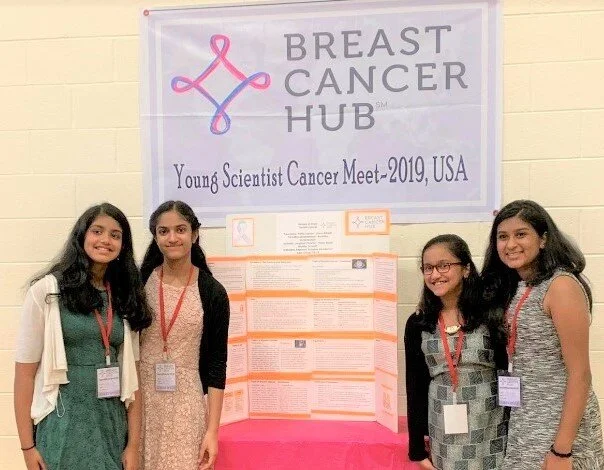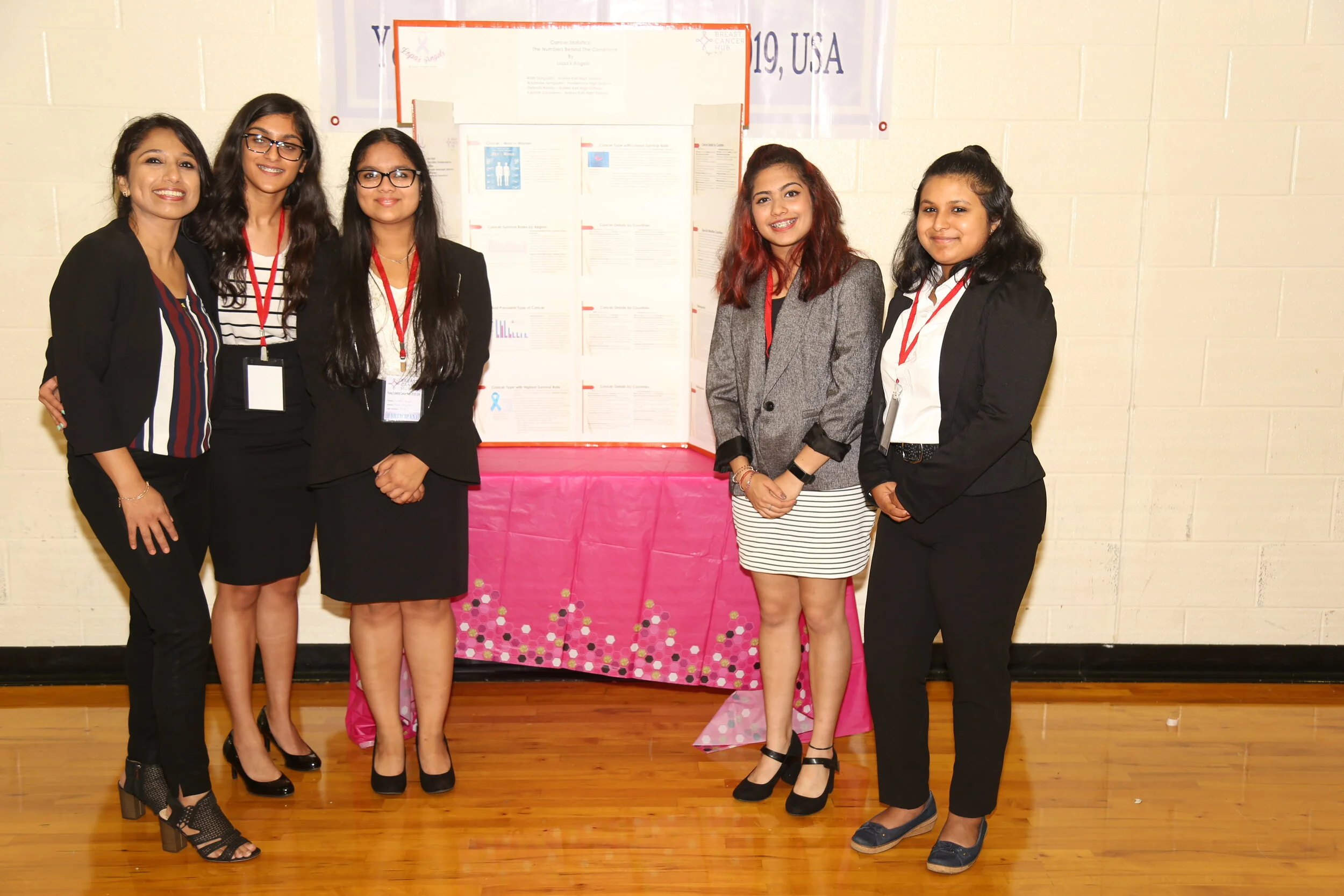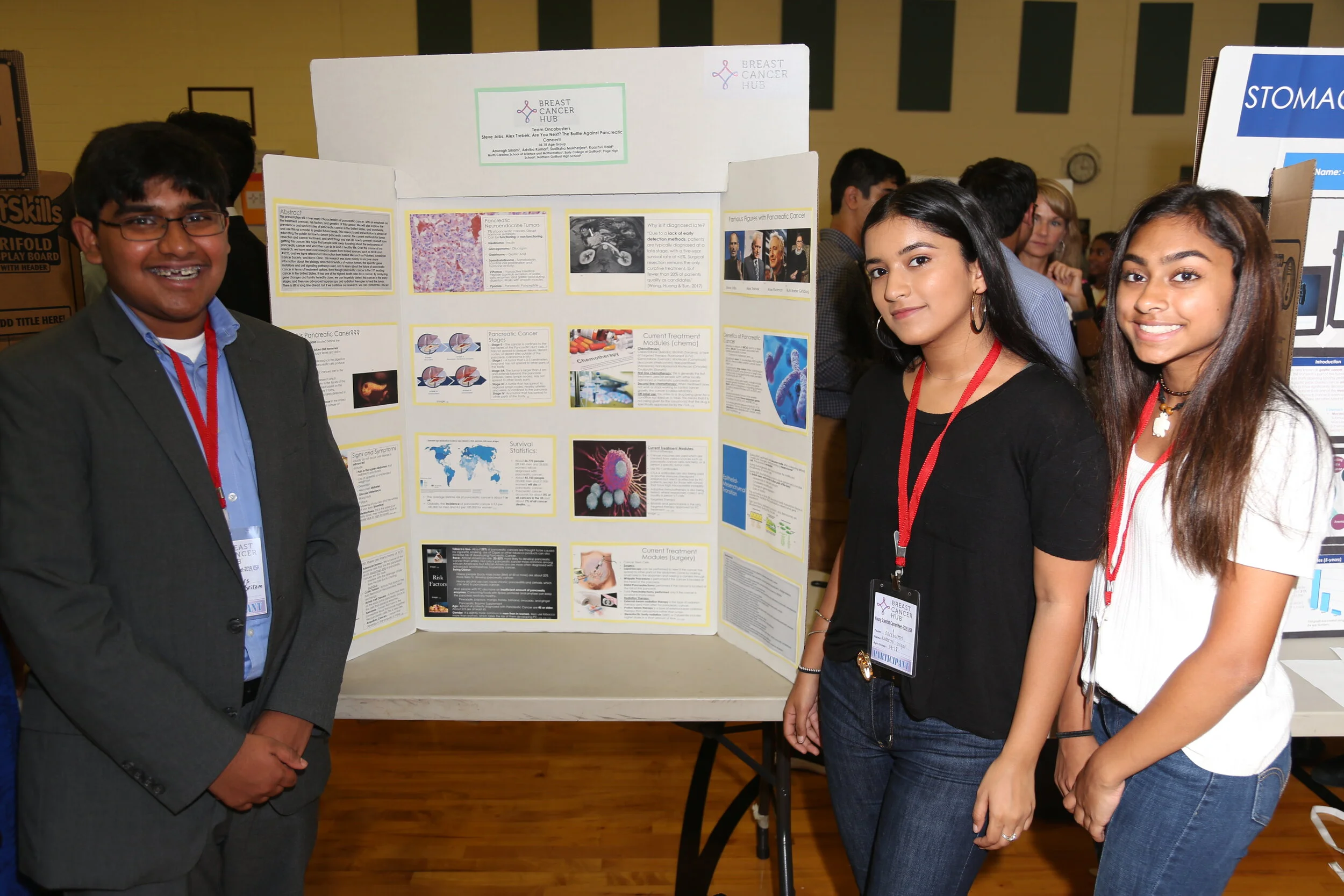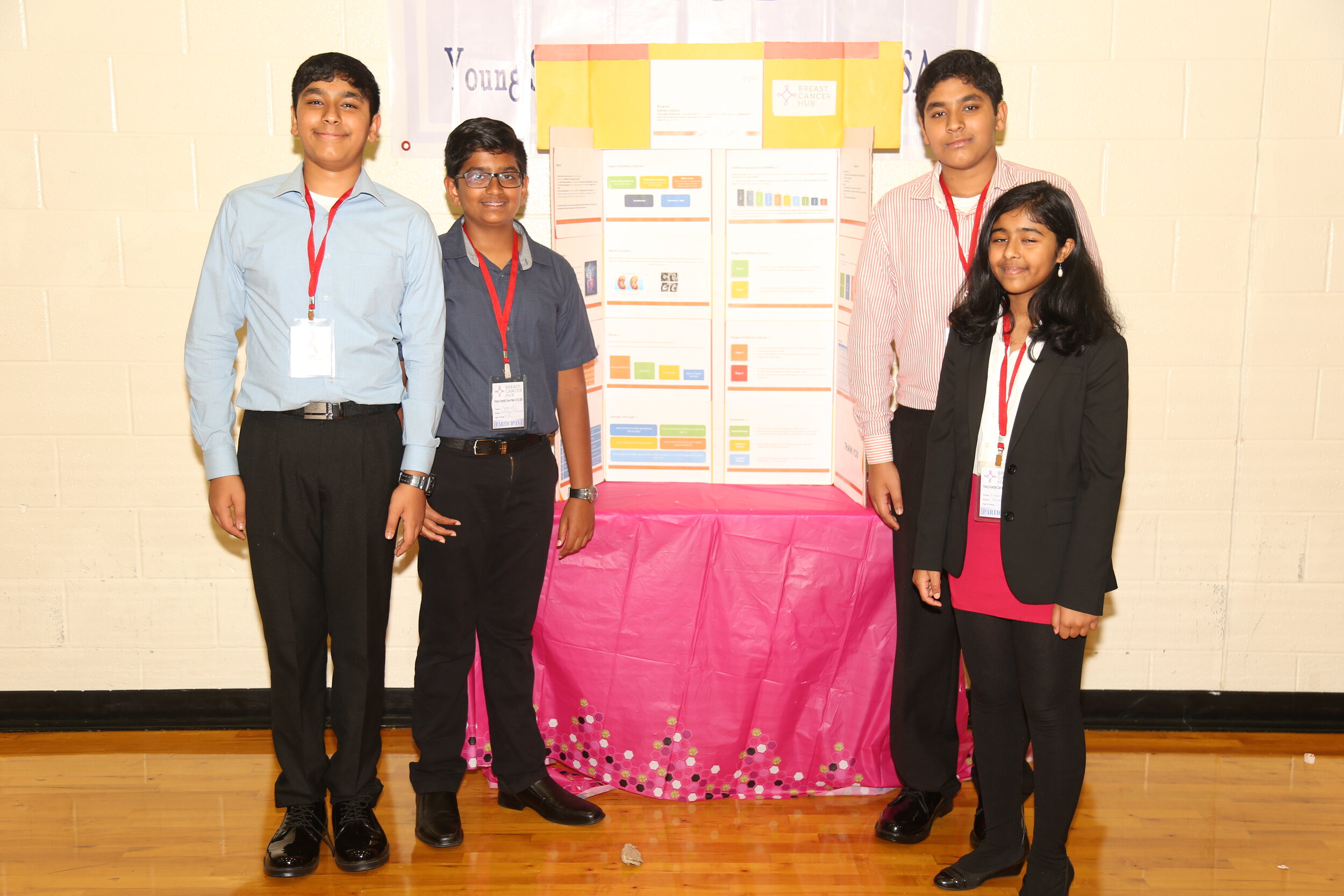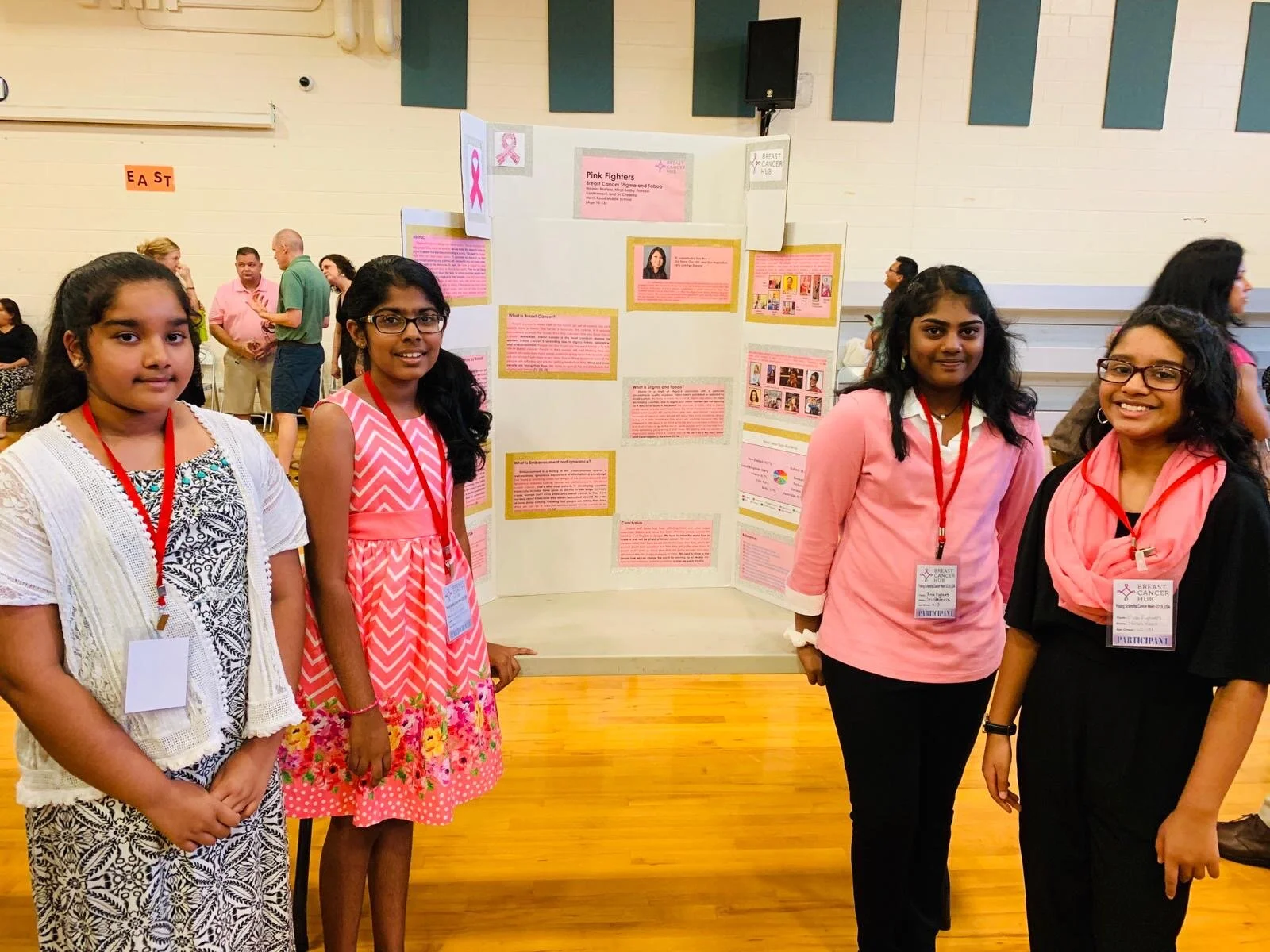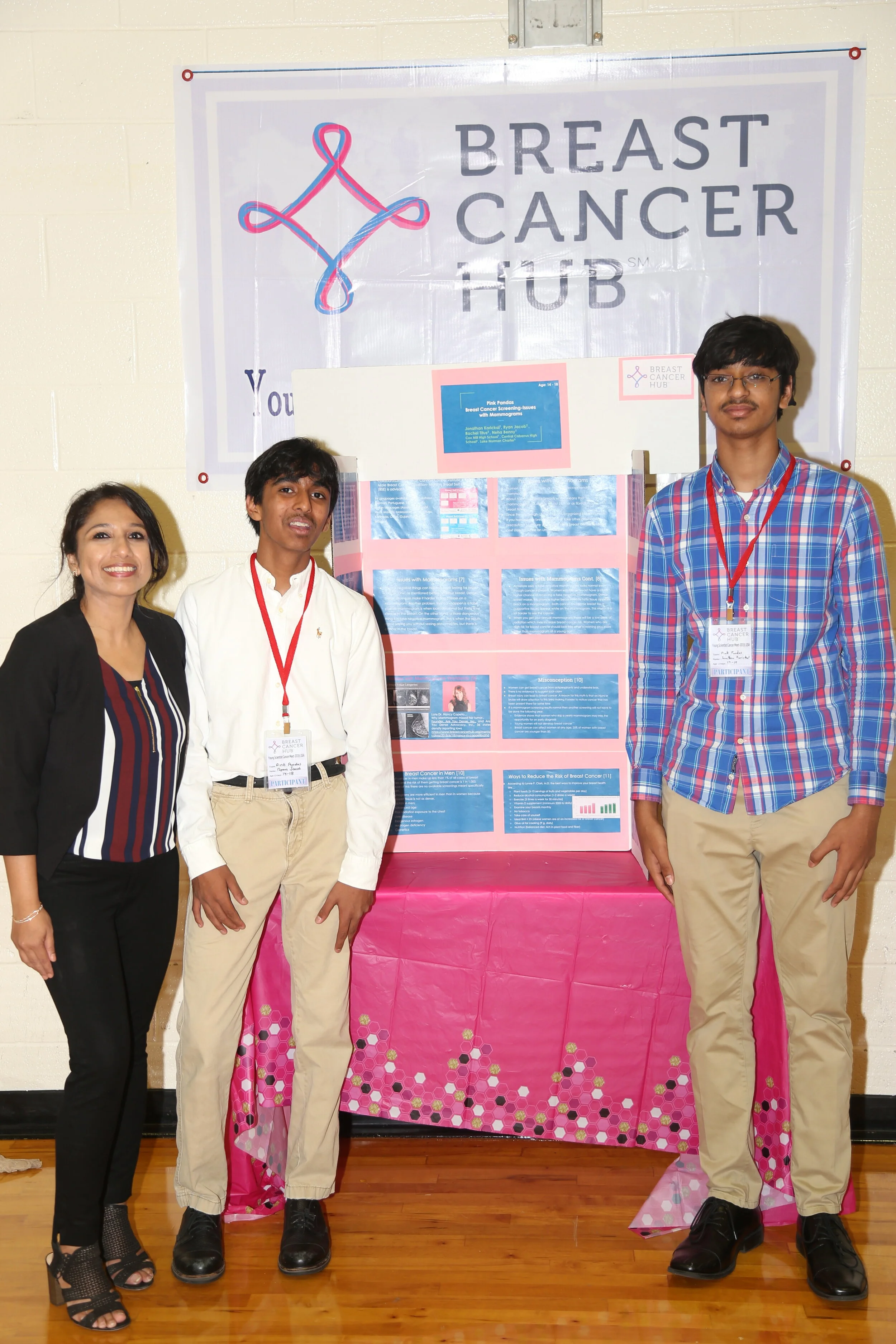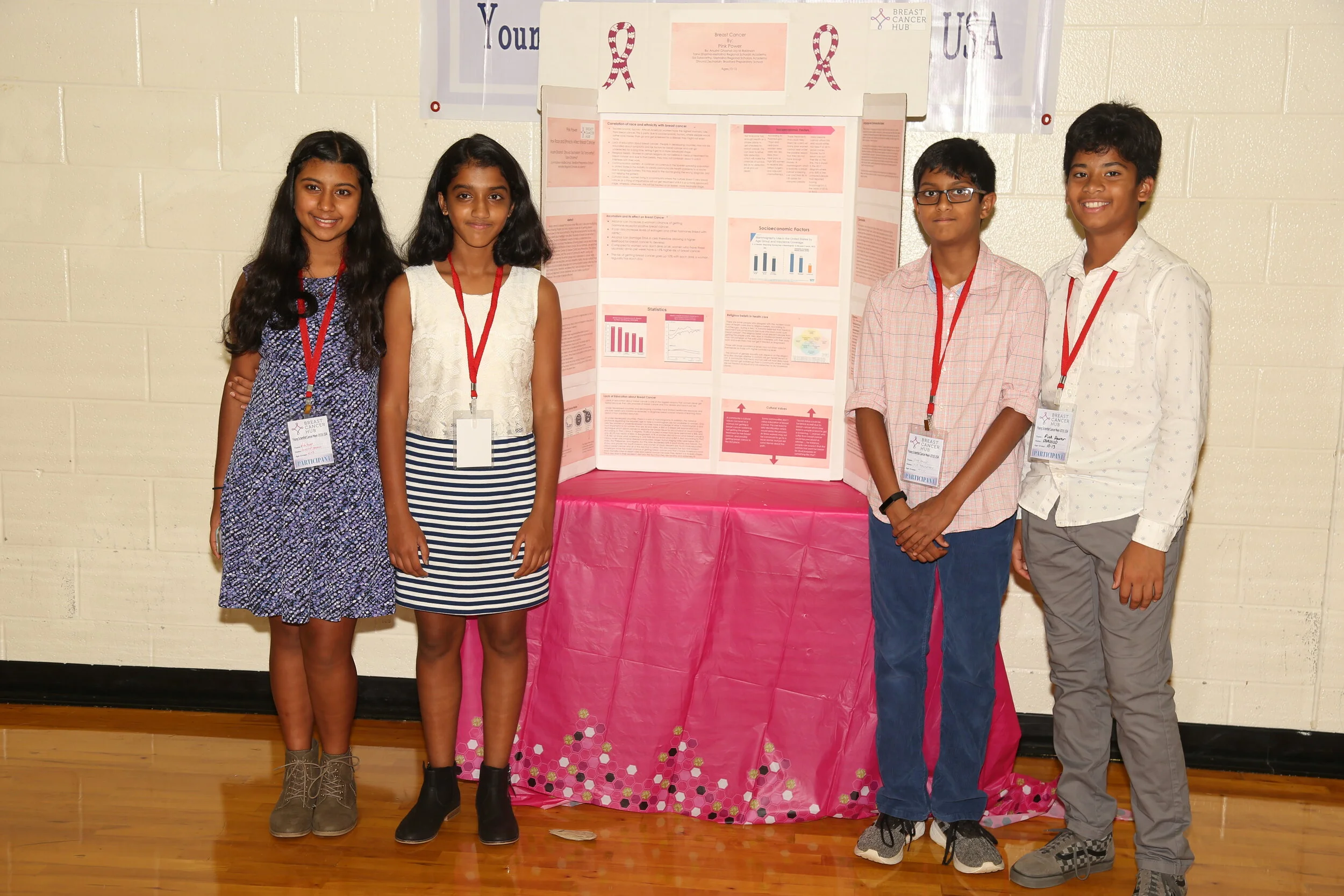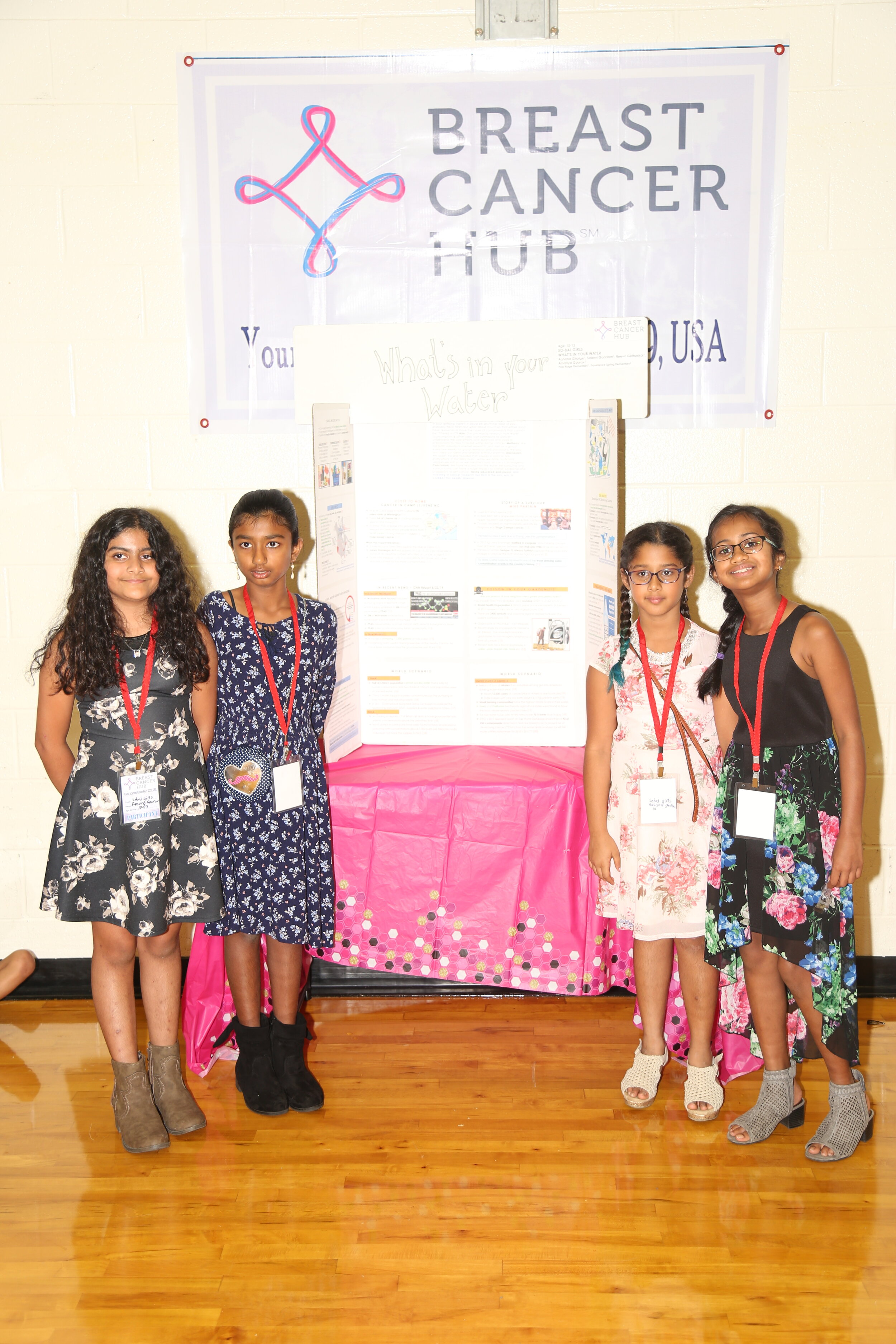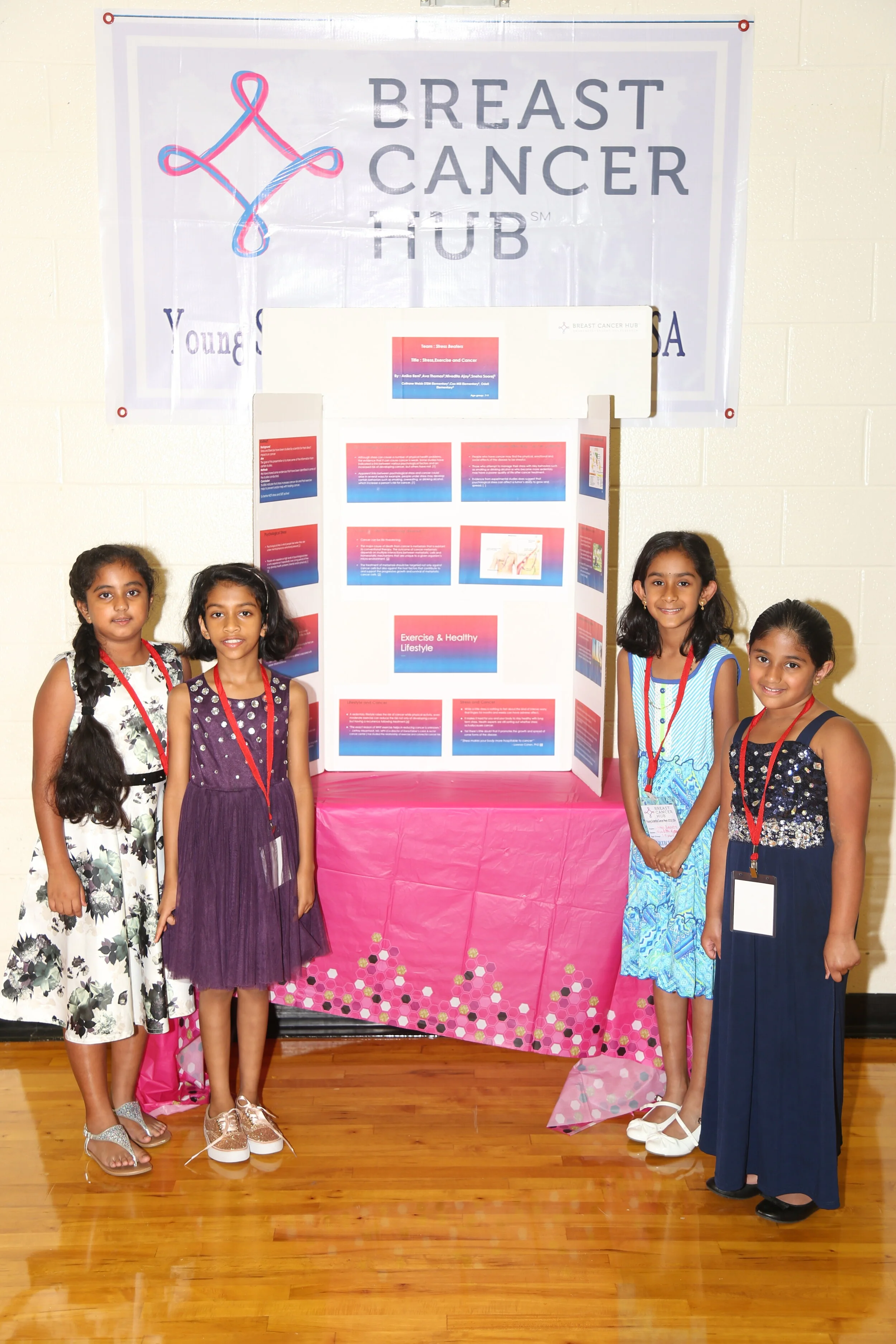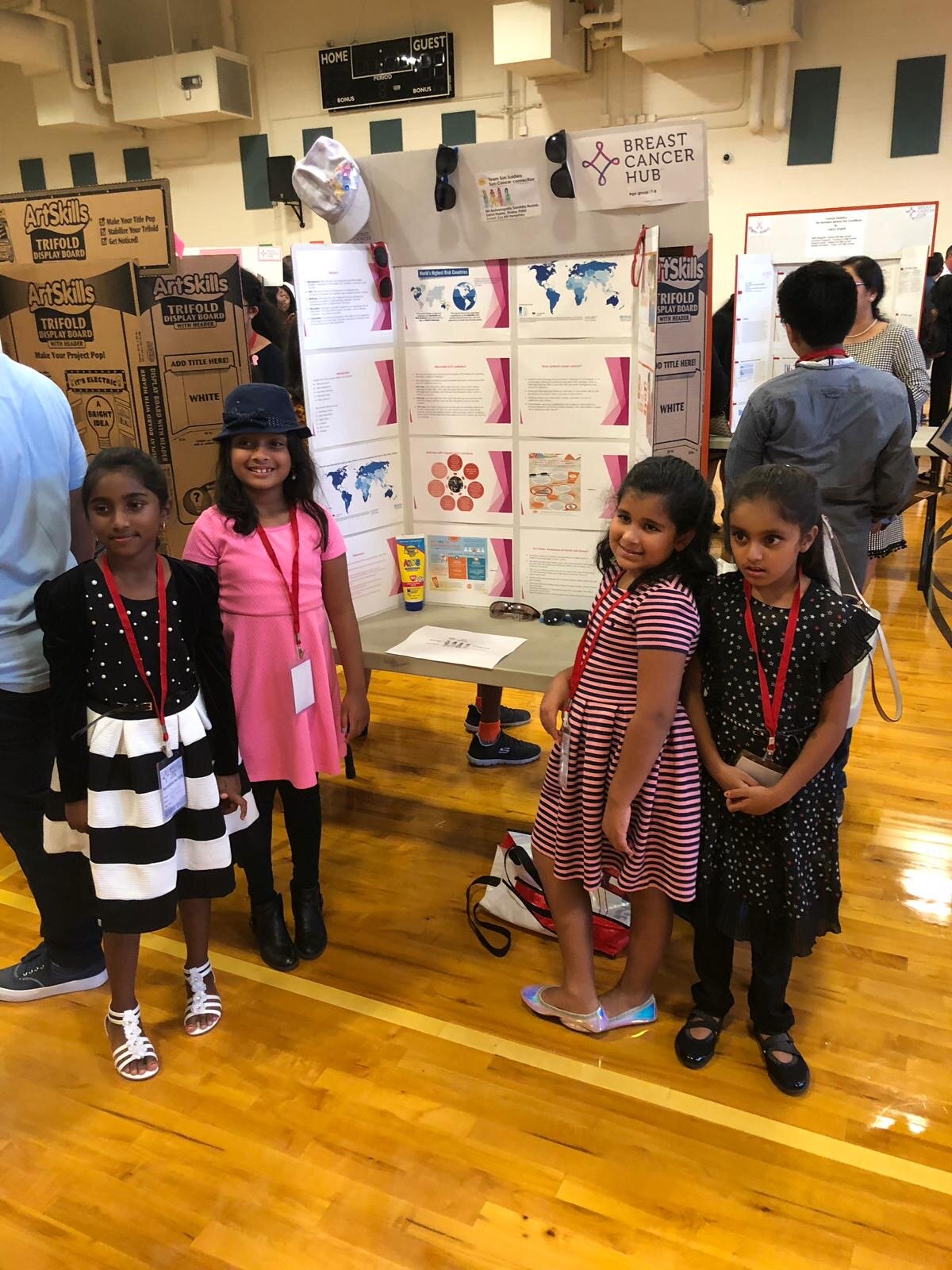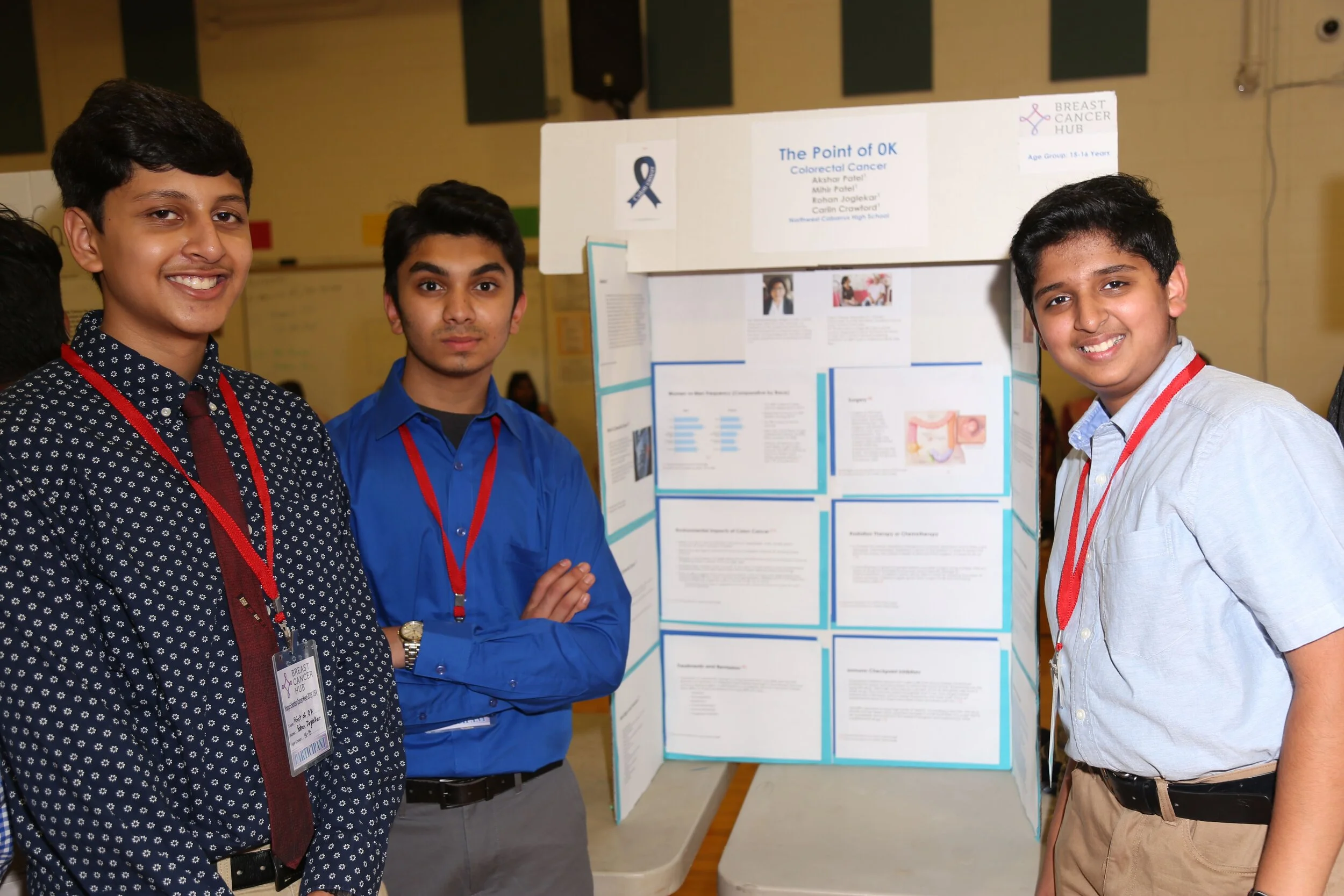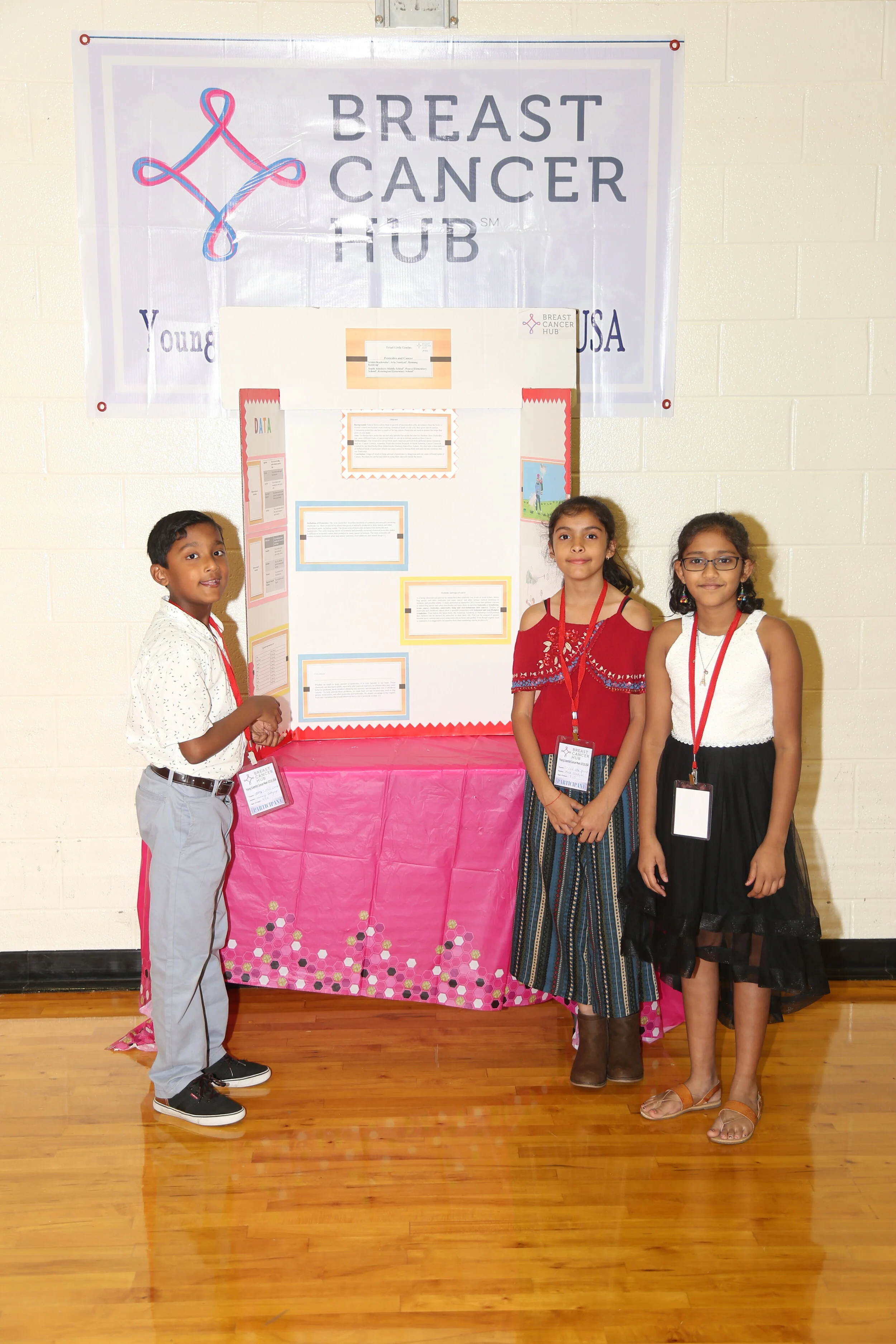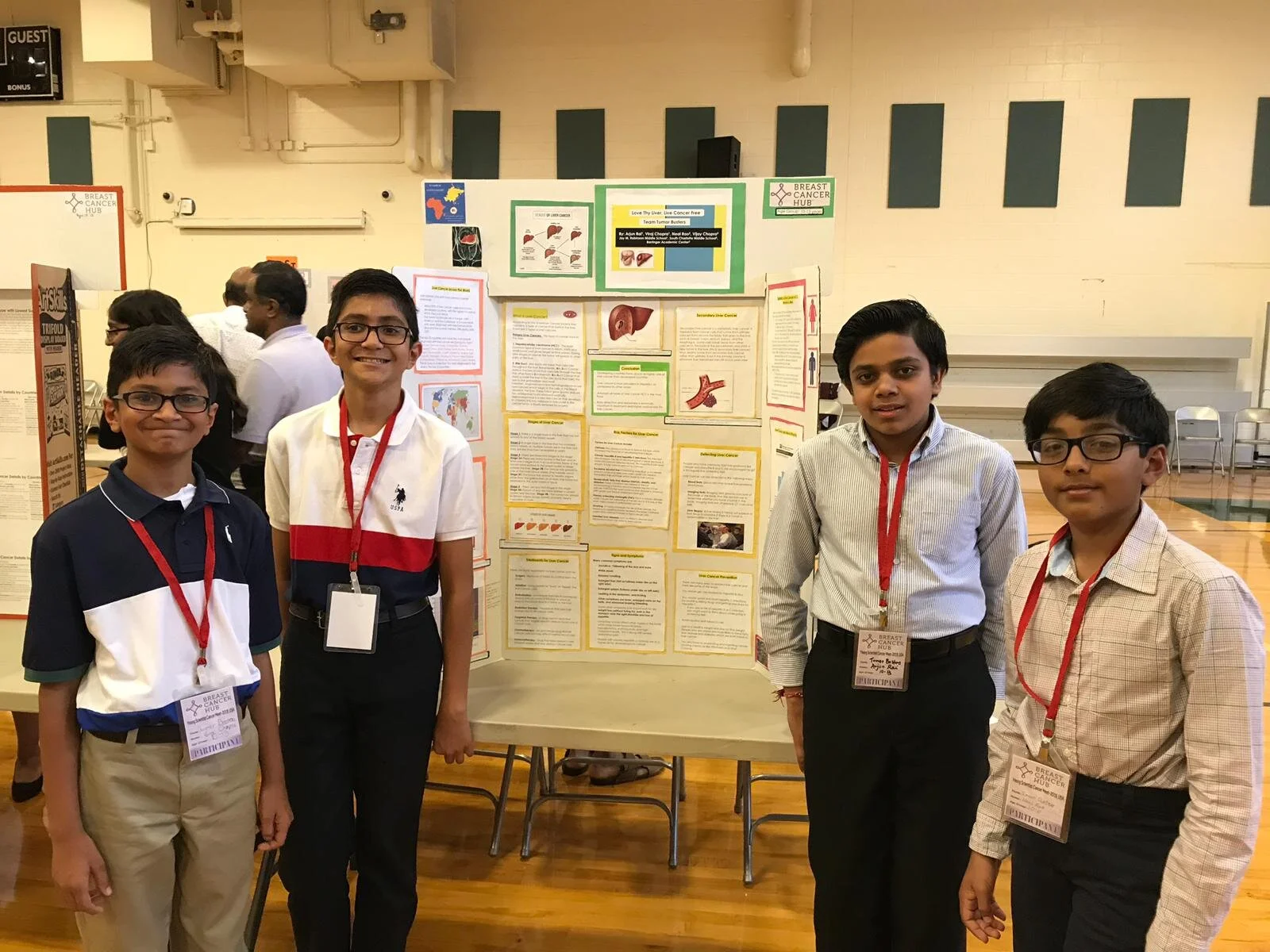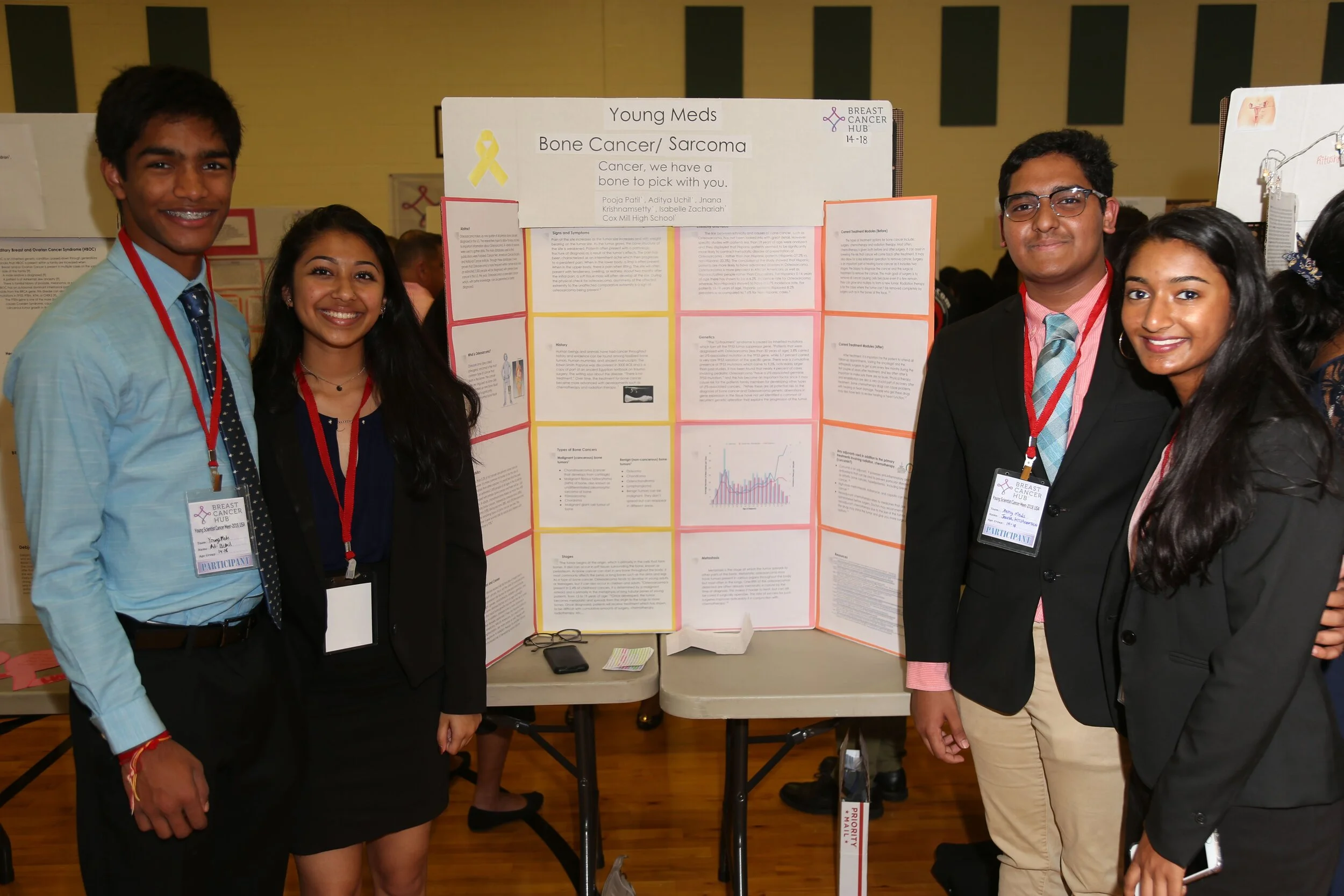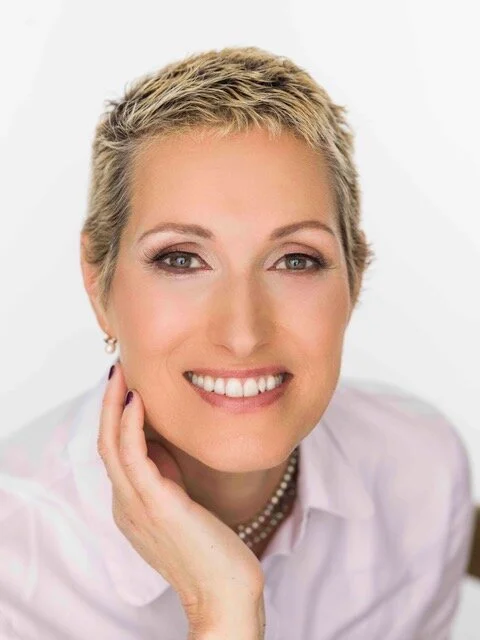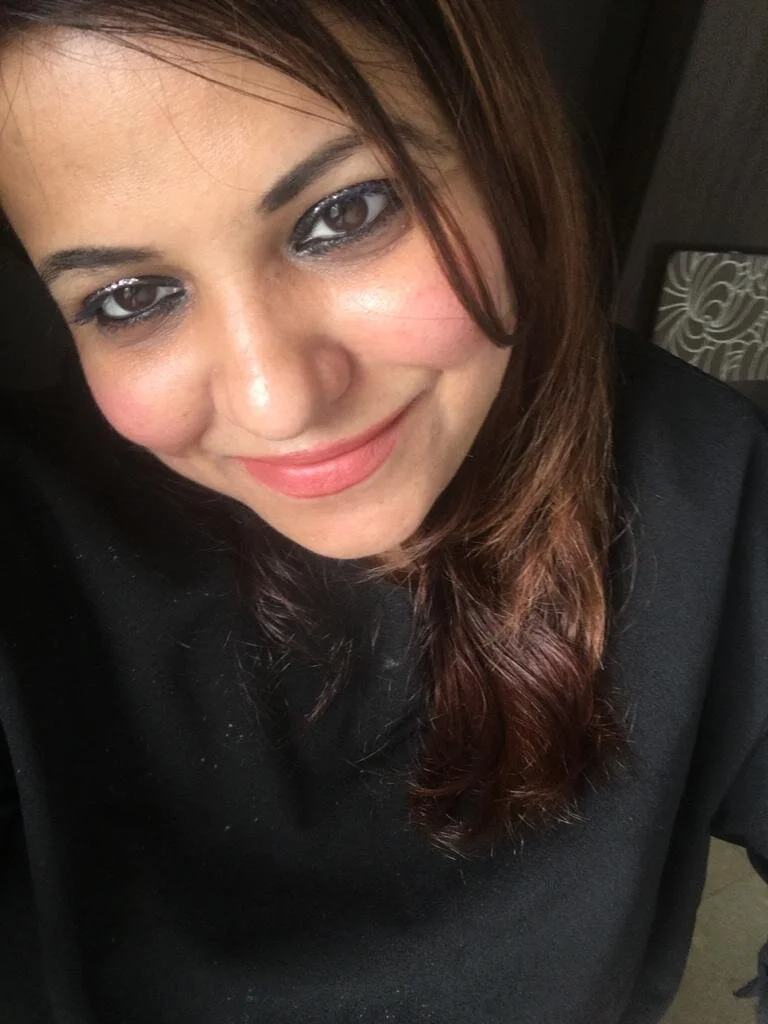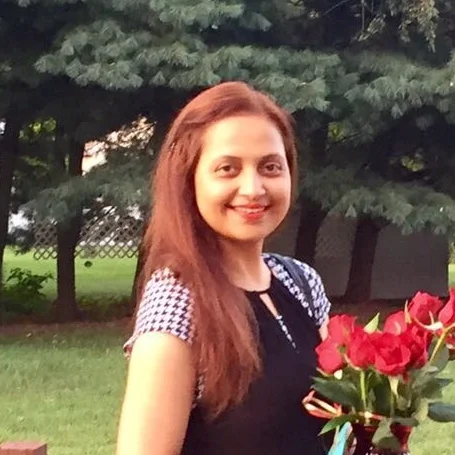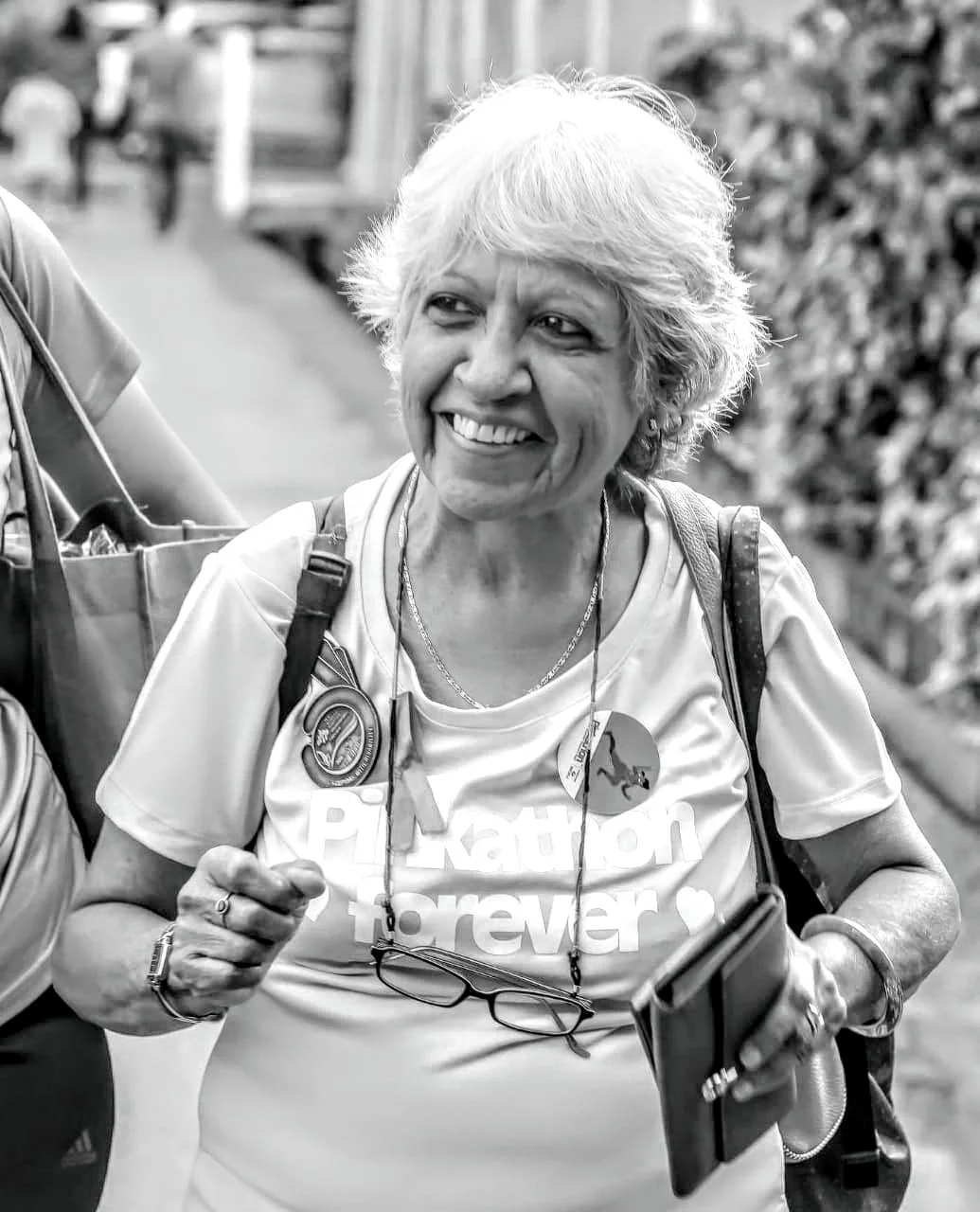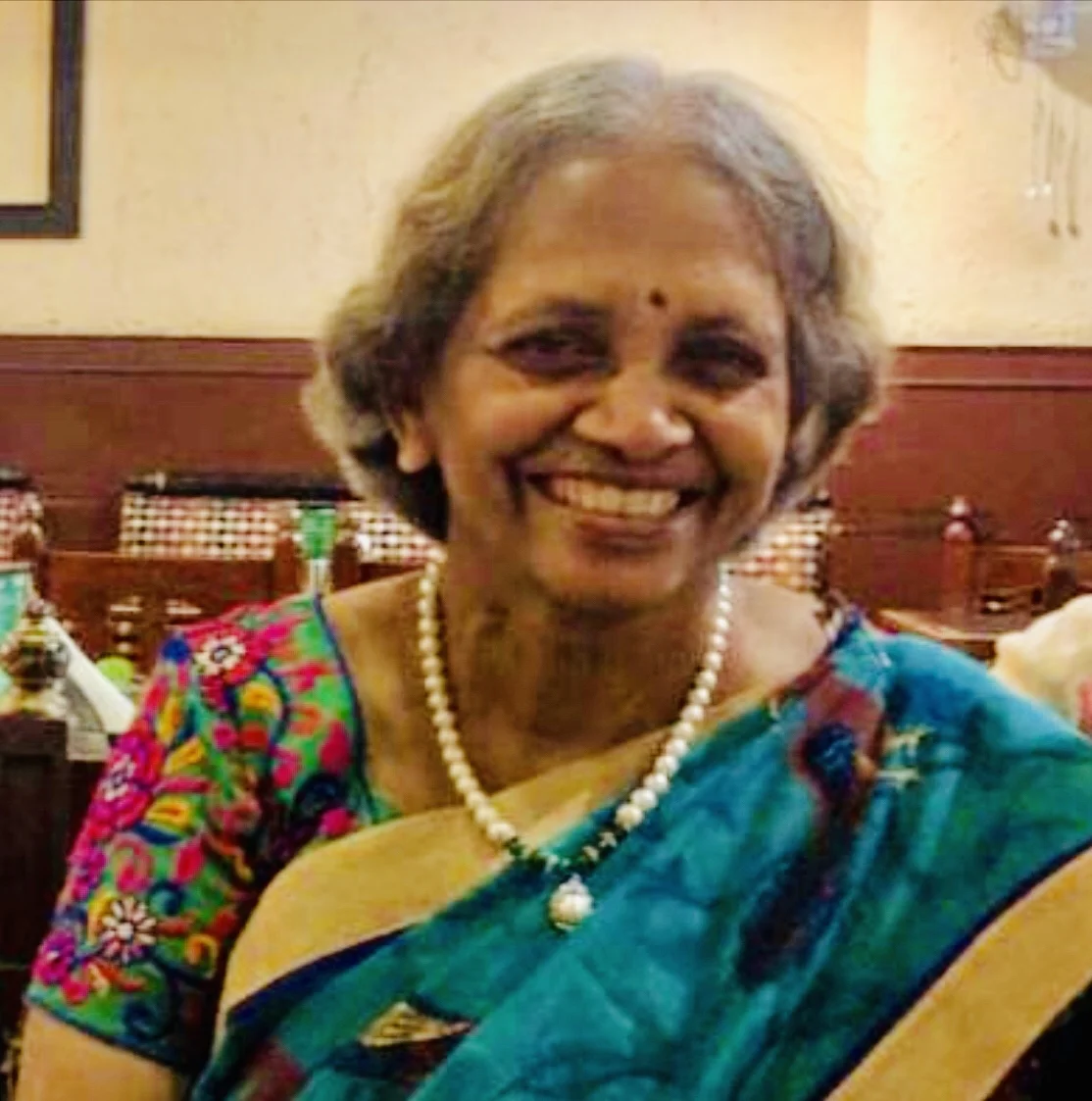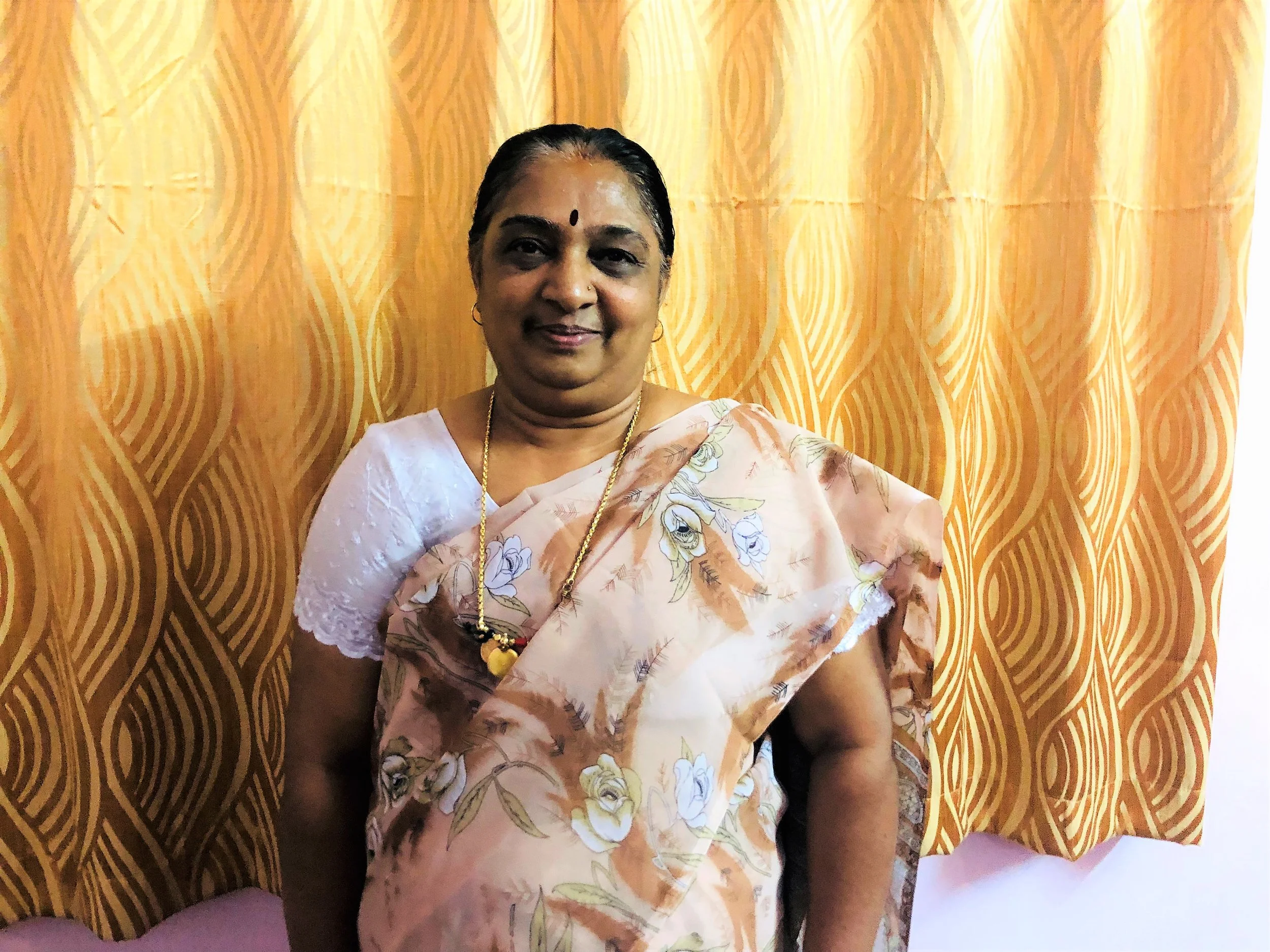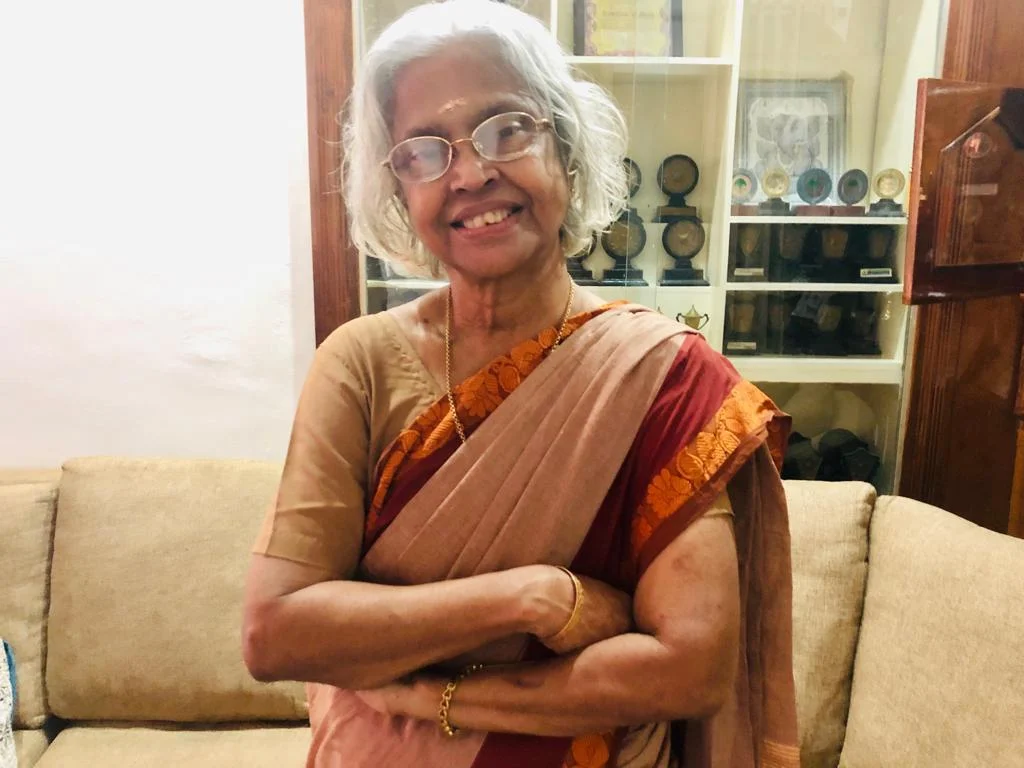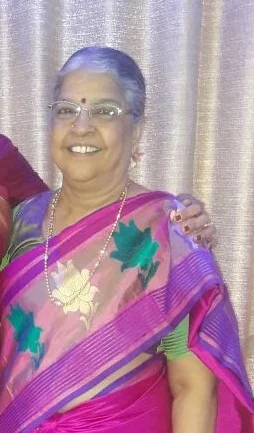Breast Self Exam Cards for Her and Him in 24 Languages - Download and Share
All cancers: LIFE SAVING One-stop early detection cards - DOWNLOAD & SHARE
Breast Cancer & Other Cancers - BCH VIDEOS: Screening, Diagnosis, Novel Surgical Options, Treatment Modalities,Palliative Care, Oncology massage & Lymphedema management,Risk factors & Prevention, Support Group & Survivorship
Breast Cancer awareness in developed and developing countries
A presentation at Northwestern Kellogg School of Management, Chicago, IL during the pre-launch of the foundation on October 20th, 2017 speaking about the issues related to Breast Cancer in the advanced countries like US & also in the other developing countries.
Breast Cancer Screening
Challenges in Cancer - Simple Steps Saving Lives
Breast Cancer - Screening, Diagnosis, Novel Surgical Approaches, & Survivorship
BREAST CANCER - EARLY DETECTION SCREENING, TREATMENT MODALITIES {ER/PR+ / HER2+ / TRIPLE NEGATIVE BREAST CANCER (TNBC)}, SURGICAL CONSIDERATIONS, AND SURVIVORSHIP
Breast Cancer Awareness in Women, Men & LGBTQ+ Community
Surgical Options After A Breast Cancer Diagnosis
Breast Cancer - Diagnosis to Treatment Management, Clinical Trial, Palliative Care
Importance of Breast Self Exam
Winning the Breast Cancer Journey
Breast Cancer - Inflammation, Genetics, Family History & Ethnicity
Lymphedema Management, Simple Easy Steps to Follow at Home
Key risk factors - Preventable measures to Cancer
Oncology Massage, its Importance and Benefits
Your Healthy Cancer Comeback
Covid - 19, Its Impact on Breast Cancer Patients & Pre-Existing Diseases
OTHER CANCERS
Cancer Caregiver - How to Support the treatment and walk through the emotions
2023: Colorectal Cancer (CRC) Screening, Treatment Management & Beyond-BCH Wing-CRC HUB organized Webinar
Colon Cancer-Screening, Treatment Modalities, Importance of Lifestyle and Meditation
CERVICAL CANCER - EARLY DETECTION SCREENING AND PREVENTION
STOMACH, LUNG & COLON CANCER
CHILDHOOD CANCER
Breast Cancer and other CancerS - BCH REVIEW RESEARCH PAPERS IN LAYMAN TERMS FOR COMMUNITY
INFORMATIVE ARTICLES
Click Here - Cancer Is Not Contagious
Click Here - Breast Cancer Screening
Click Here - Inflammation and Cancer
Click Here - Breast Cancer Taboo
Breast Cancer - BCH Review papers
other Cancers - BCH Review papers
YOUNG SCIENTIST CANCER MEET - 14TH SEPTEMBER 2019
Educational Videos
breast cancer screening
Breast Cancer Screening
Over the years, Breast cancer has been afflicting and engulfing our society. Breast cancer is the top cancer in women both in the developed and the developing world. About 1 in 8 U.S. women will develop invasive breast cancer over the course of her lifetime. Breast cancer frequency is also increasing rapidly in developing countries where most cases are diagnosed in late stages.
Embarrassment, Taboo, Ignorance: In many parts of the developing world, in-spite of women doing so well in every sphere of their lives, even in educated and economically solvent segments, Breast cancer mortality is high due to lack of awareness and early detection screening. Breast cancer screening is a low priority and the knowledge of self-breast examination, clinical breast examination & other screening methods is very limited. Women & family members even hesitate to mention the word cancer in “Breast”. It’s the shyness & embarrassment society imposes. It’s the stigma, awkwardness and taboo of using the word “Breast”. Let’s strive together in our journey against Breast cancer by coming out of the stigma, awkwardness and taboo of using the word Breast! Let us help both women as well as men understand the importance of screening processes and translate the knowledge.
Detecting Breast Cancer Earlier can save lives by Breast screening processes:
Mammogram: The most recent American Cancer Society guidelines recommend women ages 40 to 44 should have the choice to start annual Breast cancer screening with mammograms (x-rays of the breast) if they wish to do so. Women age 45 to 54 should get mammograms every year. Women 55 and older should switch to mammograms every 2 years or can continue yearly screening. All women should be familiar with the known benefits, limitations, and potential harms linked to breast cancer screening.
Limitations of mammogram: DID YOU KNOW MAMMOGRAM MAY MISS TUMOR ?
Dense Breast: A false-negative mammogram looks normal even though Breast cancer is present. Women with dense breast have more false-negative results. Breast tissue is composed of milk glands, milk ducts and supportive tissue (dense breast tissue), and fatty tissue (non-dense breast tissue). Mammogram determines the ratio of non-dense tissue to dense tissue and assigns a level of breast density. Dense breast tissue makes it more difficult to interpret a mammogram, since cancer and dense breast tissue both appear white on a mammogram. On a mammogram, non-dense breast tissue appears dark and transparent. Dense breast tissue appears as a solid white area on a mammogram, which makes it difficult to see through.
Levels of density are described using the American College of Radiology's Breast Imaging Reporting and Data System, which is sometimes shortened to BI-RADS. The levels of density are often included in a mammogram report using letters. The levels of density are:
A: Almost entirely fatty means that the breasts are almost entirely made up of fatty tissue. There is very little dense breast tissue.
B: Scattered areas of fibroglandular density means the breasts are mostly made up of fatty tissue. But there are some scattered areas of dense breast tissue.
C: Heterogeneously dense means that most of the breast tissue is dense breast tissue. But there are some areas of fatty tissue.
D: Extremely dense means that nearly all of the breast tissue is dense breast tissue. There is very little fatty tissue.
Supplemental tests for breast cancer screening with Dense Breast may include: 3-D mammogram breast tomosynthesis; Breast MRI; Breast ultrasound; Molecular breast imaging (MBI)
· A false-positive mammogram looks abnormal even though there is no cancer in the breast. Abnormal mammograms require unnecessary extra testing (diagnostic mammogram, ultrasound, sometimes MRI or even breast biopsy) to find out if the change is cancer
· Radiation exposure: Because mammograms are x-ray tests, they expose the breasts to radiation. The amount of radiation from each mammogram is low, but it can still add up over time.
Clinical Breast Exam
A clinical breast exam is an examination by a doctor or nurse, who uses his or her hands to feel for lumps or other changes.
Self Breast Exam Being familiar with how our breasts look and feel can help us notice symptoms such as lumps, pain, or changes in size that may be of concern. These could include changes found during a Breast self-exam. We should report any changes that we notice to our doctor or health care provider. Please find below a protocol to do Breast self-exam for both women and men since Breast cancer rate in men is also increasing and most men with Breast cancer seem to have experiences of shock and subsequent embarrassment, battling the “stigma” of having a predominately woman's disease. Breast Cancer Hub produced the Breast self-exam card in multiple languages for both women and men, in collaboration with Male Breast Cancer Coalition (www.malebreastcancercoalition.org), Sarah Cannon Cancer Institute & Kurlbaun Illustration, the authentic correct protocol to follow.
Available for download in your own local language, your Breast Self Exam (BSE) Card for both Women and Men , starting age - 17-18 years, please perform your own BSE.
Impact of Breast Self Exam Cards during our Outreaches:
We distribute free Breast Self-Exam (BSE) cards in local languages for both Women & Men that work wonders specially in the developing world with majority of population stricken by poverty who cannot afford other screening processes. Even the educated populace from urban sectors in developing world, are hesitant to go for regular Breast screening processes due to stigma & ignorance, therefore they accept the BSE cards wholeheartedly that becomes an easy solution for Early detection. If detected with Cancer, we help patients through the process from RESEARCH STANDPOINT & analyze the treatment scenario. We navigate suspected cases towards healthcare facilities and affordable options for underprivileged & uninsured populace.
Breast Cancer Screening - Article by,
Lopamudra Das Roy, MS, MBA, Ph.D.
Reference sources: www.breastcancerhub.org; https://www.cancer.org/cancer/breast-cancer/screening-tests-and-early-detection/american-cancer-society-recommendations-for-the-early-detection-of-breast-cancer.html
Testimonials of Breast Self Examination
Breast Self Exam Saving Lives - Captain Evey Cormican
Embarassment, Taboo, & ignorance
Lopamudra Das Roy, MSC, PhD, founder of Breast Cancer Hub, speaks on the breast cancer taboo in India.
STIGMAS RELATED TO BREAST CANCER IN INDIA
Breasts make women attractive and feminine, but did you know 1 in 8 women will be diagnosed with breast cancer in their lifetime? The incidence in India is alarmingly increasing every year and the death rate is very high compared to other parts of the world due to lack of awareness and early detection. We women are so busy balancing work and family that our own health takes a back seat & becomes our last priority. We women and family members even hesitate to mention the word cancer in “breast.” It’s the shyness & embarrassment society imposes. Do moms, aunts, daughters of our society openly talk about breast with parents, family members or friends? Let’s strive together in our journey against breast cancer by coming out of the stigma, awkwardness and taboo of using the word Breast! We the women, if we come together, we can show the world that we can fight Breast Cancer with pride and dignity!
OVERVIEW OF INDIA OUTREACHES 2018-2019: Taboo & Ignorance with Breast Cancer persists even today, both in urban & rural India, irrespective of socio-economic condition & education. Please help me make the change. #BreakTheBreastTaboo
Early detection saves lives! Breast Cancer is not a woman's disease alone- Man can get Breast Cancer too.. any abnormality, discharge, painless or painful lump in Breast could be Cancer - please speak to your family immediately & visit the doctor.. We cannot lose anymore woman & man to Breast Cancer...
featured videos on embarrassment, taboo, & ignorance
Real time interviews to depict and unravel the truth on embarrassment & taboo prevailing across the society even today, 2018! Interviews in local languages, summarized in English! Eye-opener incidents that tells us…this is just the start, we have a lot to overcome!
Interview with Dr. Chethana Thirthahalli, Interesting facts about Breast Cancer in India
Interview with Dr. Ravi Kannan, Breast Cancer scenario in Assam, India
Interview with Dr. Sarbani Giri, speaks about the facts associated with Breast Cancer stigma in India
July 25, 2018, Interview with Late Dr. Chandra Sekhar Das, Retired Professor & Head of Pediatrics, Silchar Medical College; Independent Practicing Pediatrician & Senior Consultant
Interview with Dr. Sarmistha Bhattacharya, speaks about the realities on Breast Cancer in India
Interview with Dipali Saikia in Assamese, summarized in English, about Breast Cancer in India
shh...let's not discuss...silent ignored chapter
cancer and inflammation
Breast Cancer - Inflammation, Genetics, Family History & Ethnicity
Cancer and Inflammation-Role of Diet
Cancer also known as malignant tumor is the uncontrolled growth of abnormal cells in the body. In the body, there are trillions of cells with various functions. These cells grow and divide to help the body function properly. Cells die when they become old or damaged, and new cells replace them. Cancer develops when the body’s normal control mechanism stops working. Old cells do not die and cells grow out of control, forming new, abnormal cells. These extra cells may form a mass of tissue, called a tumor. Among the most commonly diagnosed cancer, and most prevalent cause of cancer death in women is breast cancer; estimated to affect 1 out of every 8 women. Even with today’s cutting-edge research technology, much remains to be discovered about how best to treat and manage this serious illness. Metastatic breast cancer (also called advanced or stage IV breast cancer) is breast cancer that has spread beyond the breast and nearby lymph nodes to other parts of the body. The most devastating aspect of breast cancer is the emergence of tumor cells that are capable of spreading to distant organs such as bones, liver, brain and lungs. As hard as it is to hear, metastatic breast cancer cannot be cured. This does not mean, however, that metastatic breast cancer cannot be treated. Because current treatments are very unlikely to cure advanced breast cancer, treatment of metastatic breast cancer focuses on span and quality of life.
Metastasis is regulated not only by intrinsic genetic changes in malignant cells, but also by the microenvironment. Several studies have demonstrated that sites of chronic inflammation are often associated with the establishment and growth of various malignancies. In addition, the immune system appears to play an overseer's role in both diseases. Inflammation orchestrates the microenvironment around tumors, contributing to proliferation, survival and migration. Inflammation is part of the body’s immune response; without it, we cannot heal. But when it's out of control—as in rheumatoid arthritis—it can damage the body. As the evidence linking chronic inflammation to cancer progression grows, it becomes increasingly important to understand why this risk exists. A common inflammatory condition in humans is autoimmune arthritis (AA) that causes inflammation. From our studies, we have reported that breast cancer associated metastasis is significantly augmented with arthritis and we evaluated and established the mechanism. Chronic inflammation might increase the risk of breast cancer recurrence.
These insights are fostering new anti-inflammatory therapeutic approaches to cancer development. Stress, lack of exercise, genetic predisposition, and exposure to toxins can all contribute to such chronic inflammation, but dietary choices play a big role as well. Learning how specific food influence the inflammatory process is the best strategy for containing it and reducing disease risks specially cancer.
List of food that may curb inflammation:
1. Turmeric and Ginger: Curcumin-a derivative of turmeric, and the pigment that gives the curry spice turmeric its yellow-orange color appears to be universally useful for just about every type of cancer. It has the ability to modulate genetic activity and expression, both by destroying cancer cells, and by promoting healthy cell functions. Turmeric also works in the body by helping to turn off NF-kappaprotein that regulates the immune system and triggers the process of inflammation. Its relative ginger possesses numerous therapeutic properties including antioxidant effects, an ability to inhibit the formation of inflammatory compounds, and direct anti-inflammatory effects.
2. Onions and garlic: Onions contain several anti-inflammatory compounds that contribute to reducing symptoms that are associated with a host of inflammatory conditions like
osteoarthritis and rheumatoid arthritis, the allergic inflammatory response of asthma and the respiratory congestion that is a symptom of the common cold. Onions and their cousin garlic both contain compounds that inhibit enzymes that generate inflammatory prostaglandins and thromboxane. Both vitamin C and quercetin contribute to this beneficial effect. They work synergistically to spell relief from inflammation, making both onions and garlic good choices as ingredients in many dishes during cold and flu season. Garlic also has the ability to reduce the buildup of carcinogenic compounds that cause cancer.
3. Fatty fish: Oily fish, like salmon, mackerel, tuna and sardines, are high in omega-3 fatty acids, which have been shown to help reduce inflammation.
4. Whole grains: Consuming most of our grains as whole grains, as opposed to refined, white bread, cereal, rice, and pasta can help keep harmful inflammation at bay. That’s because whole grains have more fiber, which has been shown to reduce levels of C-reactive protein, a marker of inflammation in the blood, and they usually have less added sugar.
5. Dark leafy greens: Studies have suggested that vitamin E may play a key role in protecting the body from pro-inflammatory molecules called cytokines—and one of the best sources of this vitamin is dark green veggies, such as spinach, kale, broccoli, and collard greens. Dark greens and cruciferous vegetables also tend to have higher concentrations of vitamins and minerals like calcium, iron and disease fighting phytochemicals than those with lighter colored leaves.
6. Nuts: Another source of inflammation-fighting healthy fats is nuts—particularly almonds, which are rich in fiber, calcium, and vitamin E, and walnuts, which have high amounts of alpha-linolenic acid that reduces inflammation.
7. Peppers: Chili peppers contain a substance called capsaicin which is a potent anti-inflammatory agent. It works by inhibiting Substance P, which is associated with inflammatory processes. Capsaicin is being looked at as a potential treatment for arthritis, psoriasis and diabetic neuropathy. A study published in Cancer Research found that capsaicin caused cancer cells to commit suicide.
8. Tomatoes: Juicy red tomatoes, specifically, are rich in lycopene, which has been shown to reduce inflammation in the lungs and throughout the body.
9. Olive oil: The compound oleocanthal, which gives olive oil its taste, has been shown to have a similar effect as Nonsteroidal anti-inflammatory drugs (NSAID) in the body.
10. Beets: This vegetable’s brilliant red color is a tip-off to its equally brilliant antioxidant properties: Beets (and beetroot juice) have been shown to reduce inflammation, as well as protect against cancer and heart disease, thanks to their hearty helping of fiber, vitamin C and plant pigments called betalains.
11. Green Tea: Like produce, this tea contains anti-inflammatory flavonoids that may even help reduce the risks of certain cancers.
12. Berries: All fruits can help fight inflammation, because they’re low in fat and calories and high in antioxidants. But fresh berries, especially, have been shown to have anti-inflammatory properties—possibly because of anthocyanins, the powerful chemicals that give them their rich color. Blueberries not only reduce inflammation, but they can protect the brain from aging and prevent diseases, such as cancer and dementia. We should aim for organic berries, as pesticides are hard to wash away due to their size.
13. Sweet Potato: A great source of complex carbs, fiber, beta-carotene, manganese and vitamin B6 and C, these potatoes actually help heal inflammation in the body.
Food to aggravate inflammation
Five most important diet intake that we can limit:
1) Sugar: The American Journal of Clinical Nutrition warns that processed sugars trigger the release of inflammatory messengers called cytokines. It is better to reduce the intake of desserts, pastries, sodas, chocolate bars, even fruit juices with added sugar.
2) Saturated Fats: Several studies have shown that saturated fats trigger adipose (fat tissue) inflammation which is not only an indicator of heart disease but also worsens inflammation. Pizza and cheese are the biggest sources of saturated fats and other culprits include meat products (especially red meat), full-fat dairy products, pasta dishes etc.
3) Trans Fats: Known to trigger systemic inflammation, trans fat can be found in fast foods and other fried products, processed snack foods, cookies, donuts etc.
4) Omega 6 fatty acids: Our body needs a healthy balance of Omega-6 and Omega-3 fatty acids. Excess consumption of Omega-6 can trigger the body to produce pro-inflammatory chemicals. These fatty acids are found in oils such as corn, safflower, sunflower, vegetable, peanut, soy and grapeseed oil.
5) Refined carbohydrates: White flour products are high glycemic index foods that fuel the production of advanced glycation end (AGE) products that stimulate inflammation.
Not surprisingly, the same foods that contribute to inflammation and cancer are generally considered bad for our health, including sodas and refined carbohydrates, as well as red meat and processed metastasis.
Conclusion: Our body’s immune system forms a defensive shield that any fighting force would be proud of. One of its most powerful weapons is inflammation, a carefully orchestrated maneuver designed to eliminate enemies such as bacteria, injured cells and chemical irritants. Without it, we probably wouldn’t survive beyond infancy. But inflammation has a split personality – one that can wreak havoc. And we now know that inflammation’s dark side is a powerful force in cancer progression, where it aids and abets tumor spread around the body. Therefore, watching what we eat and staying abreast is a noteworthy step towards the war against cancer.
By Lopamudra Das Roy, M.Sc, MBA, Ph.D.
References
https://www.ncbi.nlm.nih.gov/pmc/articles/PMC2803035/
https://www.ncbi.nlm.nih.gov/pubmed/24674692
https://www.ncbi.nlm.nih.gov/pubmed/23577751
https://www.ncbi.nlm.nih.gov/pubmed/19643025
https://www.ncbi.nlm.nih.gov/pubmed/21859454
https://www.health.harvard.edu/staying-healthy/foods-that-fight-inflammation
https://www.ars.usda.gov/plains-area/gfnd/gfhnrc/docs/news-2013/dark-green-leafy-vegetables/
https://www.medicalnewstoday.com/articles/306981.php
http://blog.arthritis.org/living-with-arthritis/onions-prevent-inflammation-arthritis-diet/
https://www.health.com/nutrition/sweet-potato-health-benefits
https://www.ncbi.nlm.nih.gov/pmc/articles/PMC5890122/
https://www.ncbi.nlm.nih.gov/pubmed/17995862
https://www.ncbi.nlm.nih.gov/pmc/articles/PMC4425174/
https://www.ncbi.nlm.nih.gov/pubmed/27634207
https://www.ncbi.nlm.nih.gov/pubmed/23069270
https://www.ncbi.nlm.nih.gov/pubmed/20491642
https://www.webmd.com/diet/anti-inflammatory-diet-road-to-good-health#1
https://www.ncbi.nlm.nih.gov/pmc/articles/PMC5986486/
https://www.health.harvard.edu/heart-health/the-sweet-danger-of-sugar
https://www.healthline.com/nutrition/sugar-and-inflammation#section3
https://www.ncbi.nlm.nih.gov/pmc/articles/PMC4424767/
https://www.ncbi.nlm.nih.gov/pubmed/29610056
https://www.ncbi.nlm.nih.gov/pubmed/29610056
Stories of cancer thrivers - in english and native languages
MALE BREAST CANCER
India outreach-Shock & Surprise that Men can have Breast Cancer too
India Outreach-June 27-August 22, 2018
Breast Cancer in Men in India
Breast Cancer Hub is a global network and addresses both women and men Breast Cancer. With regard to Men Breast Cancer, we are collaborating with Male Breast Cancer Coalition.
In India, the scenario of Breast Cancer survival in women is less compared to the US. So, when we bring Male Breast Cancer in picture, the situation is worse. During my India outreach, I am meeting women and men from both urban and rural sectors. There is a reaction of surprise and shock that Men can have Breast Cancer too! Those who are from Medical background are aware of the situation but in general, the scenario is that Men hardly know that they can get Breast Cancer!
During this trip of India, my goal is to help people of India, to pass on the message that not only women but men can have breast cancer too! I am distributing free of cost the Breast Self Exam cards that we produced in collaboration with Male Breast Cancer Coalition and Sarah Cannon Cancer Institute at HCA Midwest Health. I am very proud and happy that the acceptance of the Breast self exam cards and the eagerness to learn more about Breast cancer in Men is very positive, and I am trying to convince that if any man is detected with Breast cancer, he is not alone. There is a huge non profit foundation in US – Male Breast Cancer Coalition working relentlessly and trying to reach out and help anyone associated with Male Breast health. Please come together and help Man with Breast Cancer fight the disease!!
Interview with Dr. Geeta Manjunath on Male Breast Cancer scenario in India
Interview with Mr. Devarajan Kalladan, discussions about Male Breast Cancer in India
Faces of Male Breast Cancer Awareness: BRET MILLER
Breast Cancer Hub is collaborating with the Male Breast Cancer Coalition for breast cancer in men.
Male Breast Cancer Coalition's Mission
The Male Breast Cancer Coalition (MBCC), a not-for-profit patient advocacy organization, brings everyone together to educate the world about male breast cancer.
When diagnosed with breast cancer at age 24, Bret promised his surgeon no man would ever feel alone when hearing the words, “You have breast cancer.” After a very close friend’s husband was diagnosed with breast cancer, Cheri began her mission to end the stigma and feelings of abandonment associated with a male breast cancer diagnosis. As a result of a connection made on Facebook, together Bret and Cheri formed The Male Breast Cancer Coalition in 2014.
MBCC shares stories from male breast cancer survivors all over the world. Learn more here and find resources for men and their families navigating through what is usually a women’s only club. MBCC also honors lives lost in the “In Memoriam” section.
We are on a mission to build awareness through the wisdom and experiences of survivors. We visit high schools and colleges around the country sharing journeys and educating audiences. Our survivors want students to know every individual is his/her own best advocate for their bodies. We participate in events around the world to raise awareness of male breast cancer. We attend conferences, so we can become more knowledgeable and advocate. Until we educate everyone, including the medical community concerning the need for more testing and clinical trials focusing on men with breast cancer, our mission continues to be an uphill battle.
We want people to be informed. Breast cancer does not discriminate and we want everyone to know “Men Have Breasts Too.”
We Are The Male Breast Cancer Coalition.
Bret, Cheri, Peggy and Bob
As Peggy always says, “Together we will change the world.”
in memoriam: MARLYN WASHBURN
Marlyn's wife Patricia Washburn recounts the story of her husband, who sadly passed from breast cancer in 2017.

























